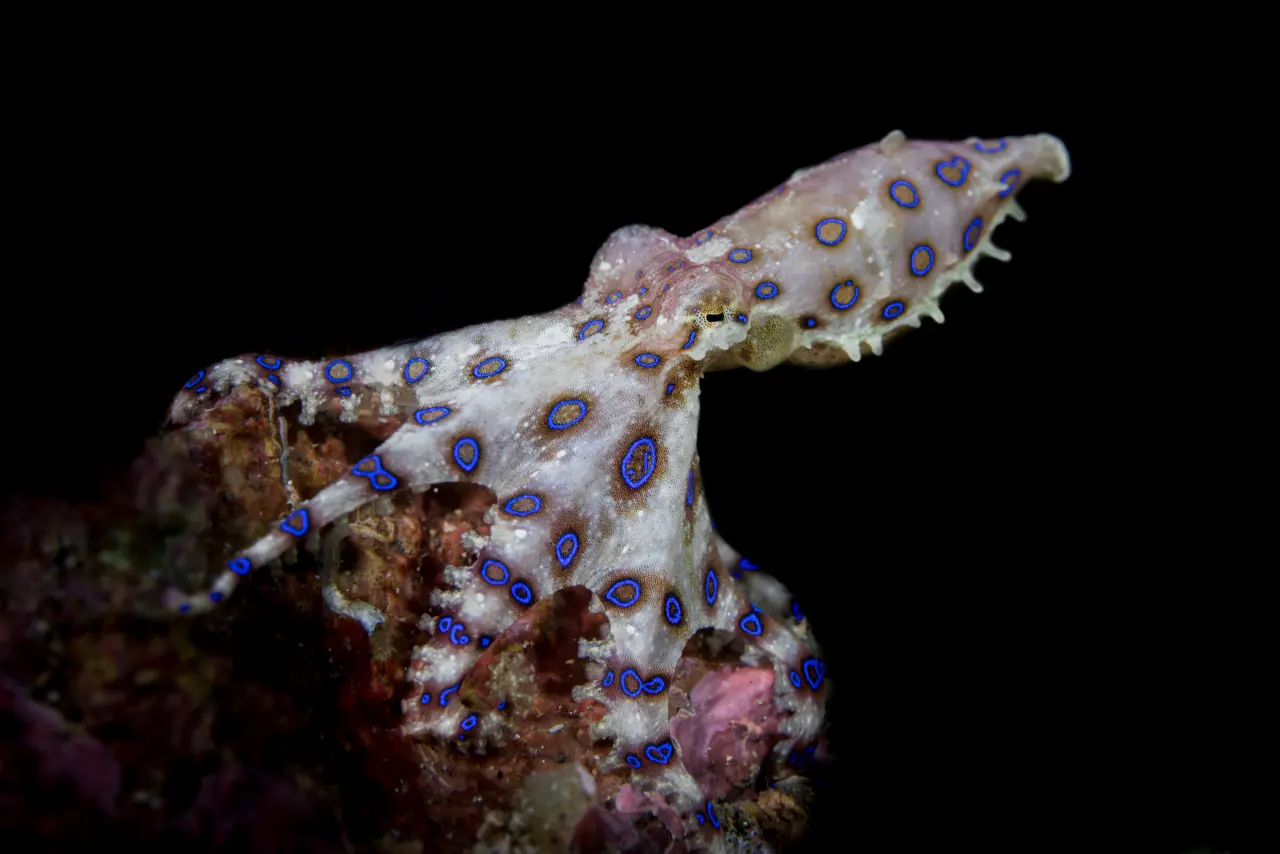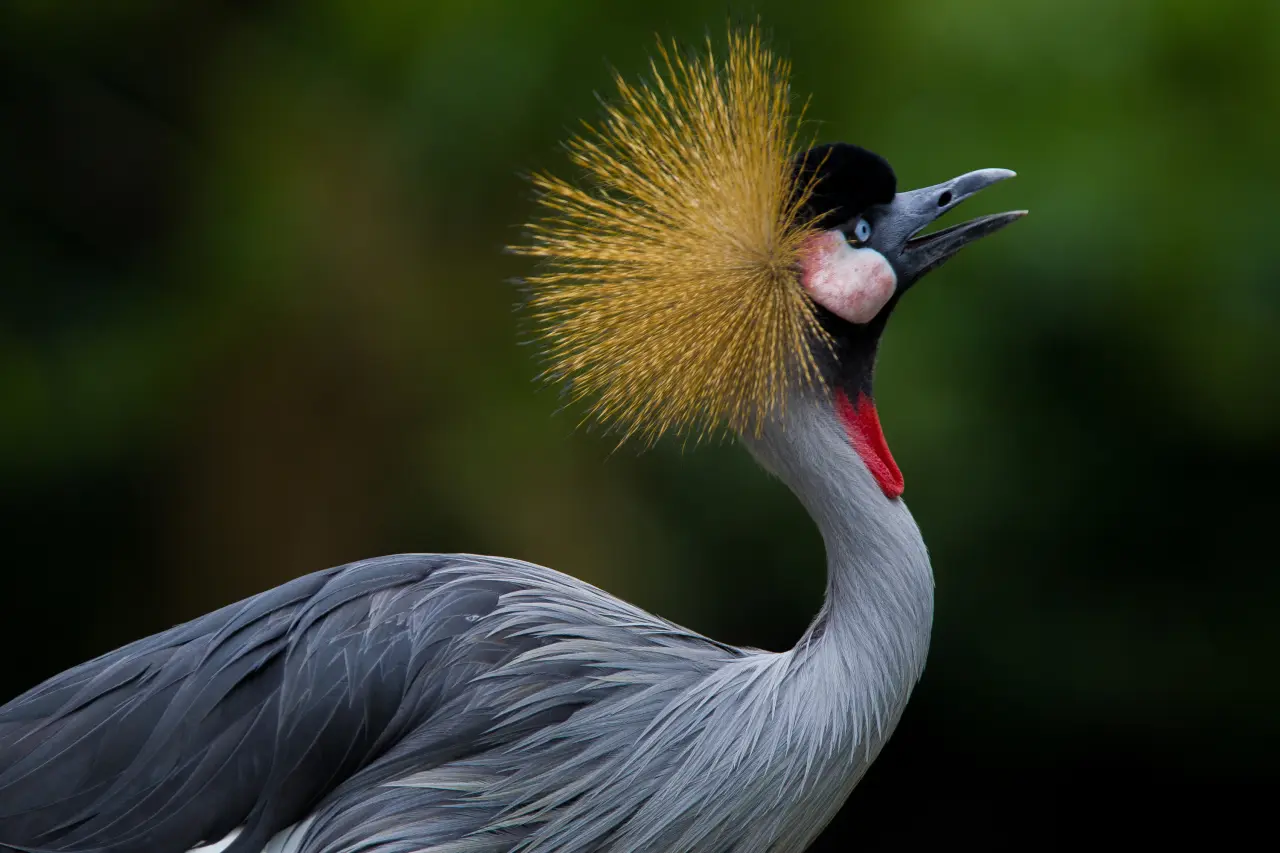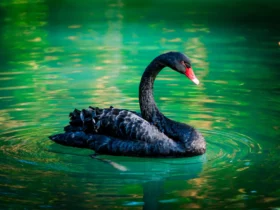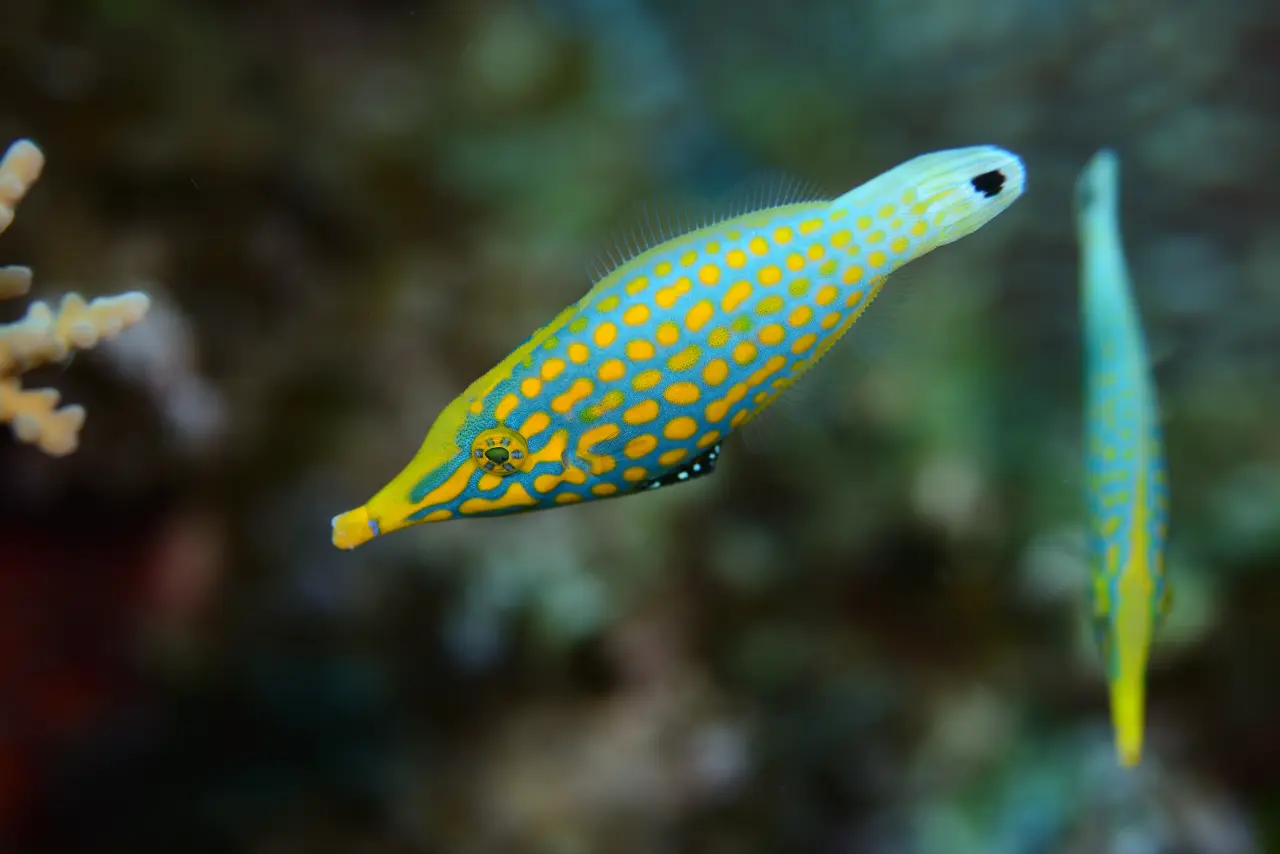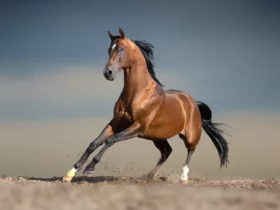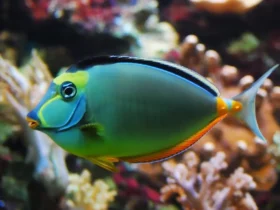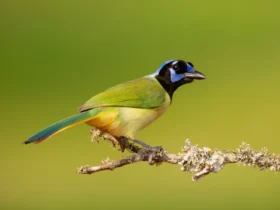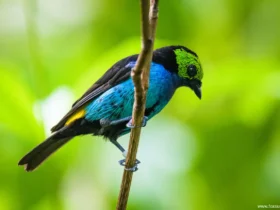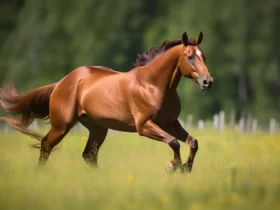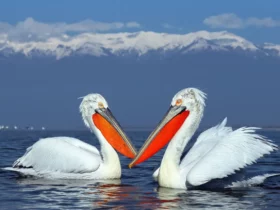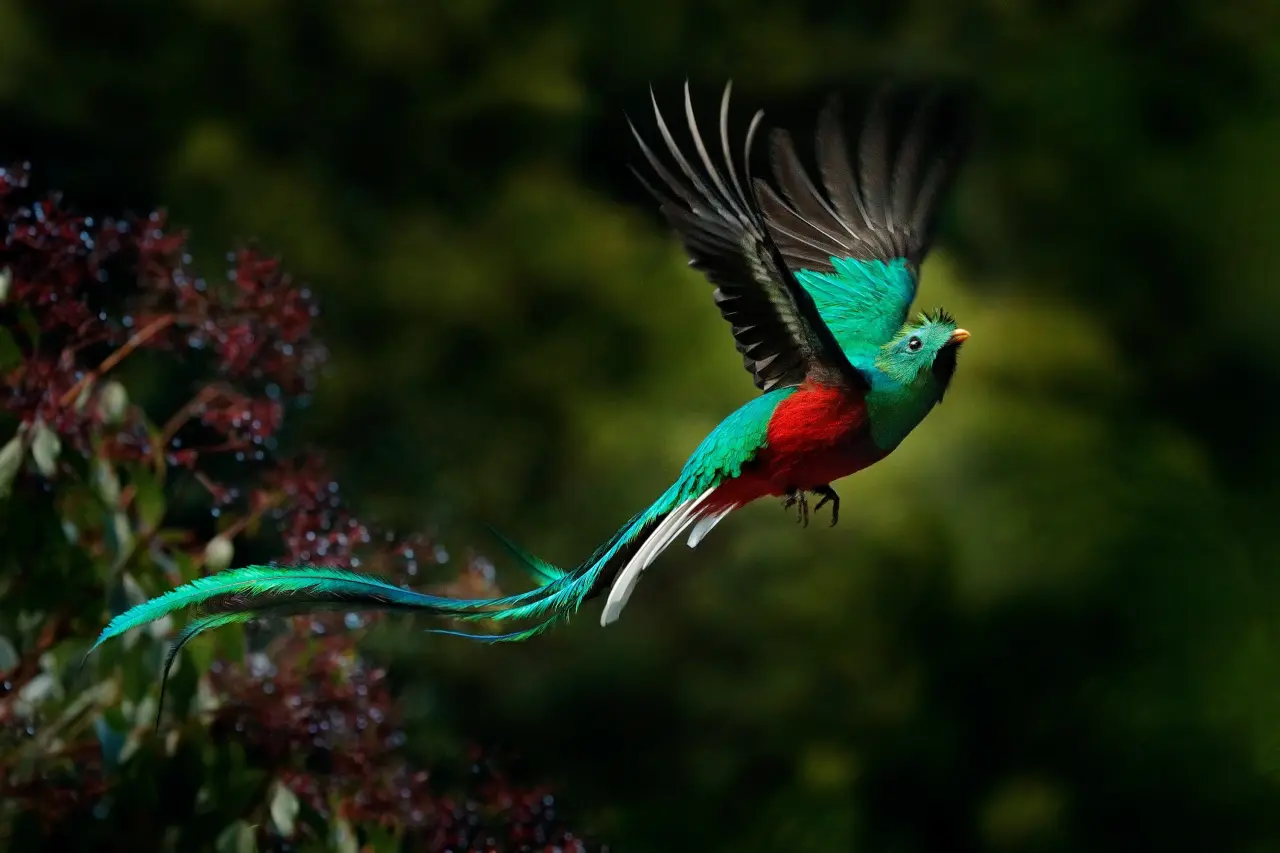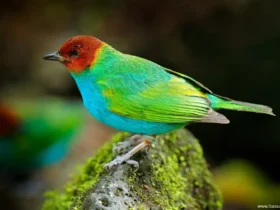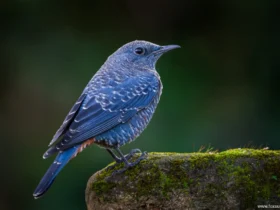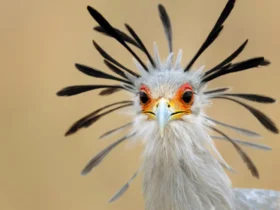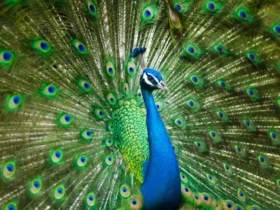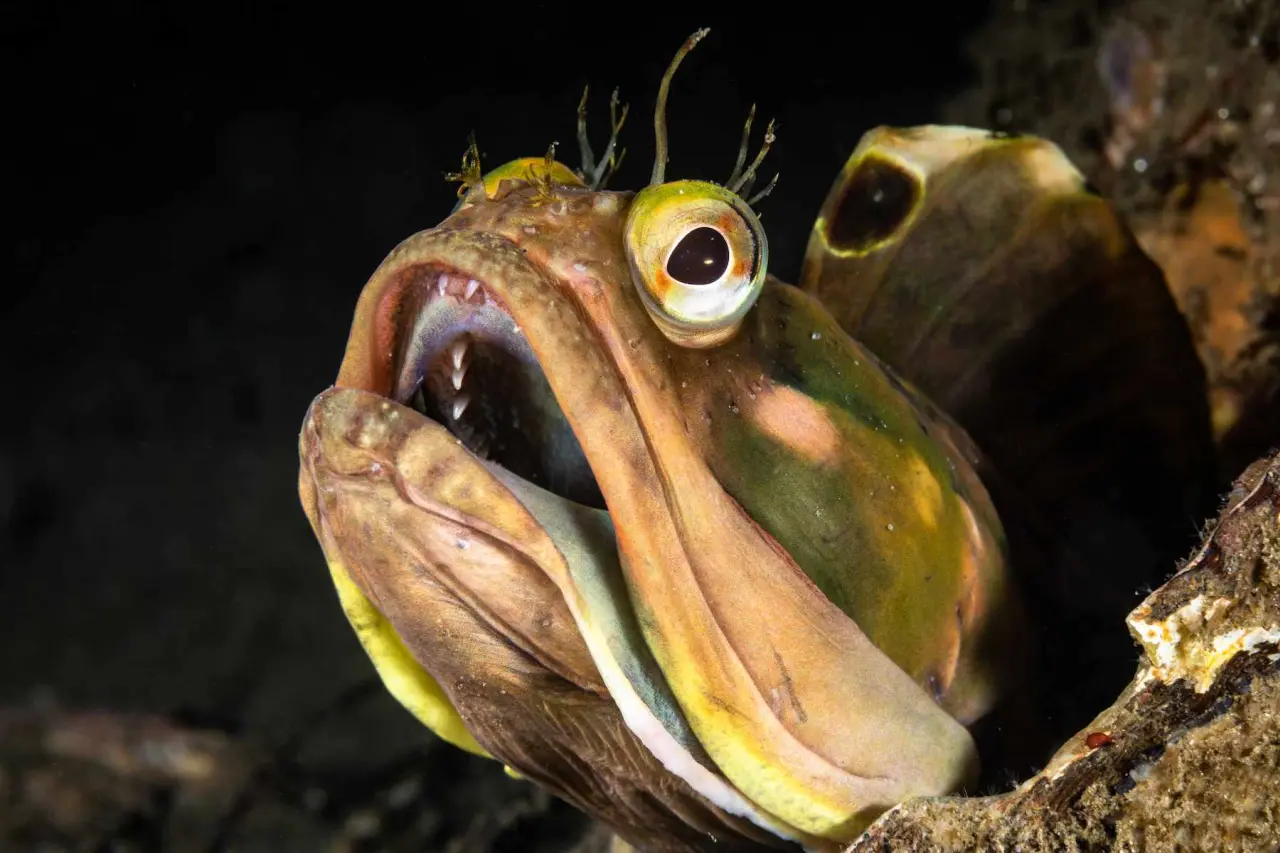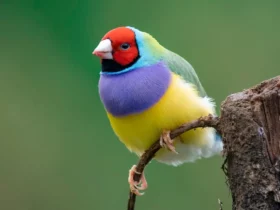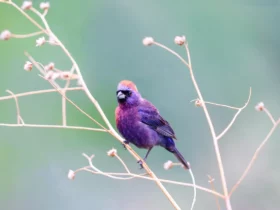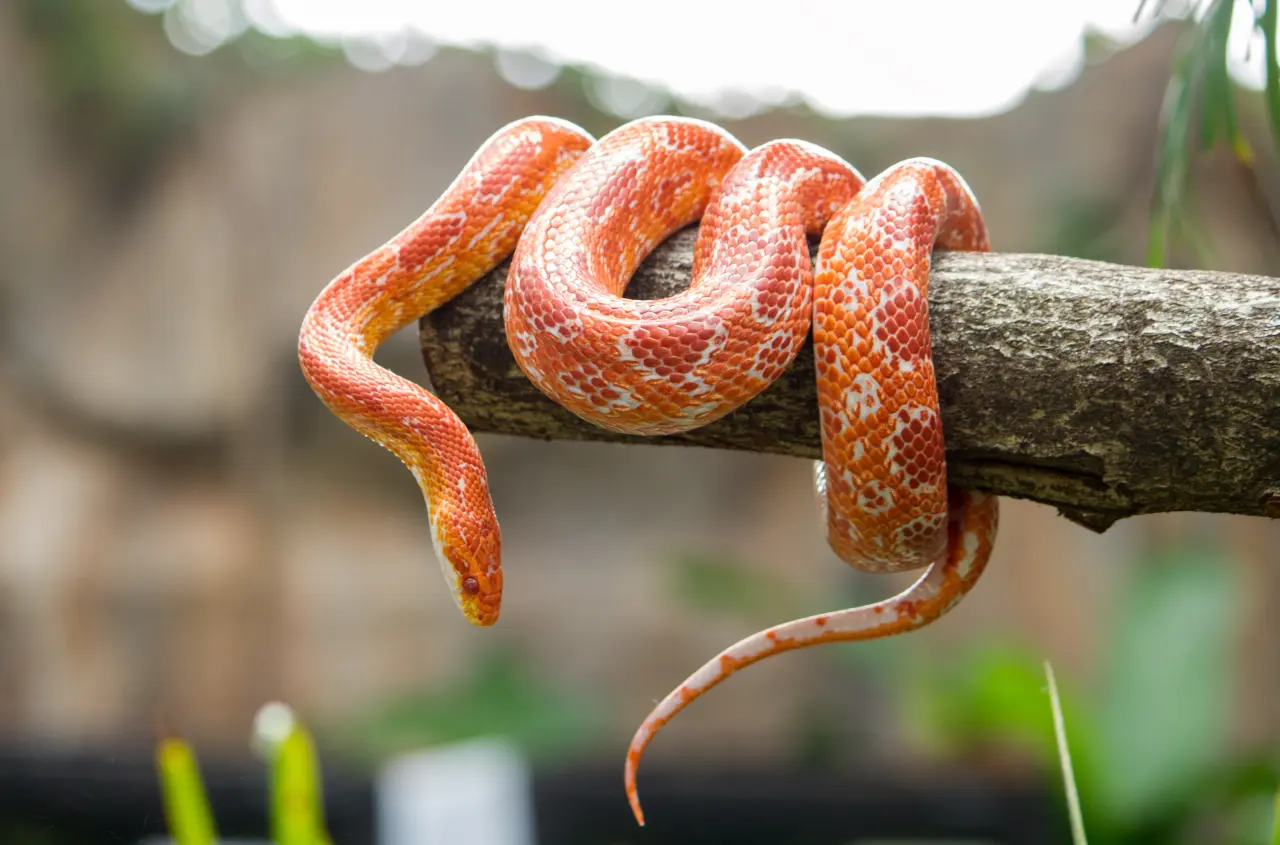The animal kingdom is full of creatures that are capable of producing and releasing toxins that can be lethal to humans and other animals. While some animals are well-known for their venomous nature, others may be less familiar to us but equally as dangerous. Here are some of the most poisonous animals in the world.
01. Black Mamba
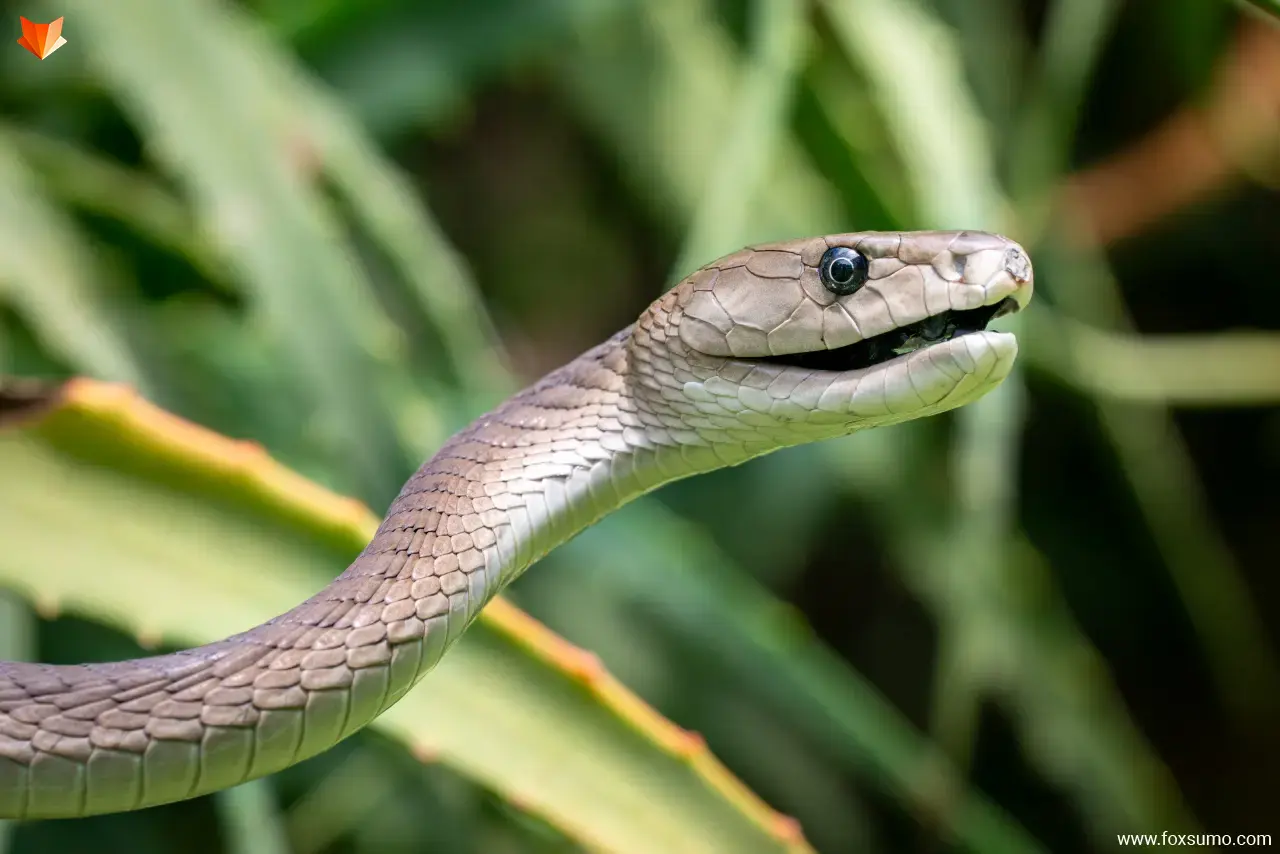
The black mamba is widely regarded as one of the deadliest snakes in the world. It can grow up to 14 feet long and has a highly potent neurotoxic venom. One bite from a black mamba can deliver enough venom to kill 10 people, and death can occur within just a few hours if left untreated.
Found in sub-Saharan Africa, black mambas are highly aggressive and will not hesitate to attack if they feel threatened. They are also incredibly fast, capable of reaching speeds of up to 12 miles per hour. If you ever come across a black mamba in the wild, it’s best to keep your distance and give it plenty of space.
02. Black Widow Spider
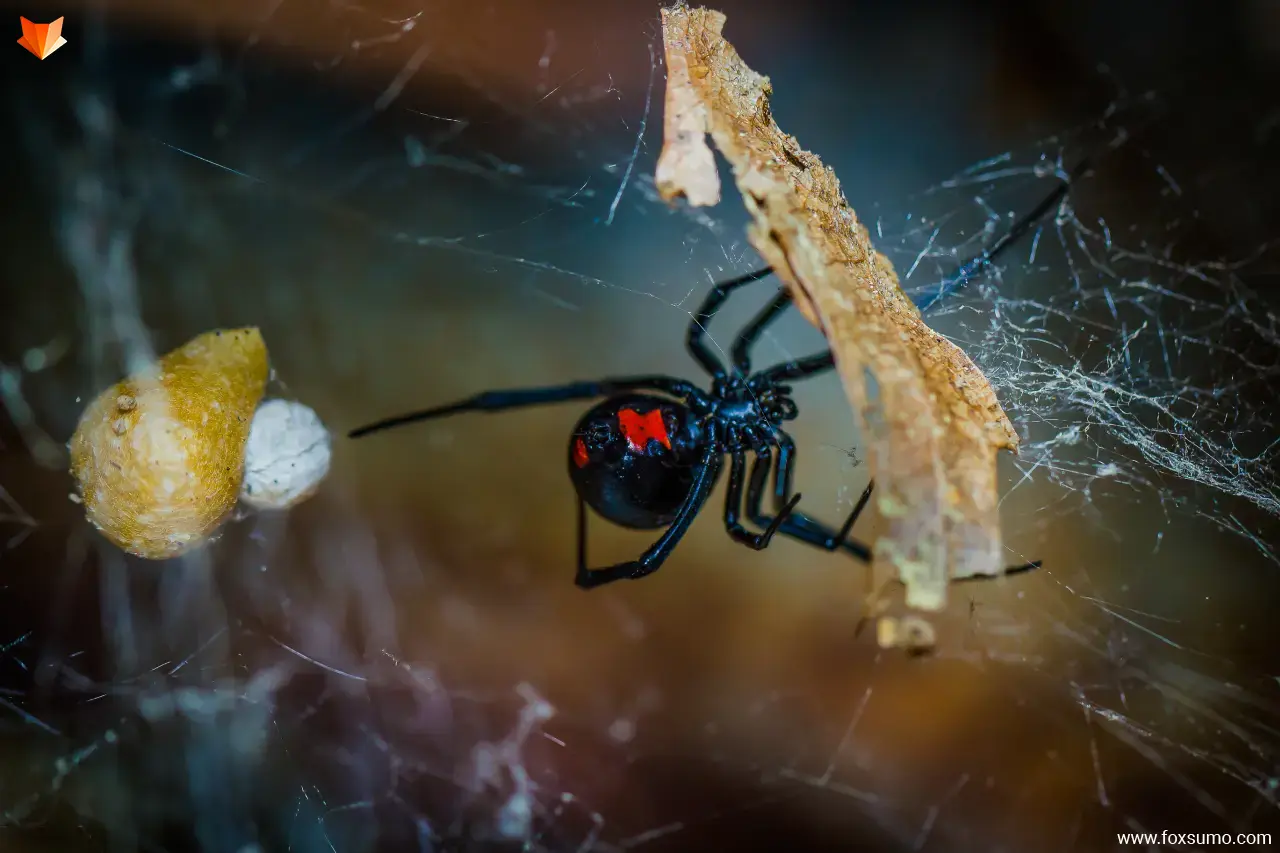
The black widow spider is perhaps the most well-known venomous spider in the world. Found throughout North America, these spiders have a distinctive black body with a red hourglass-shaped marking on their abdomen.
Black widow venom is highly toxic and can cause muscle spasms, cramps, and even death in some cases. However, it’s worth noting that black widow bites are relatively rare and typically only occur when the spider feels threatened.
03. Blue-Ringed Octopus
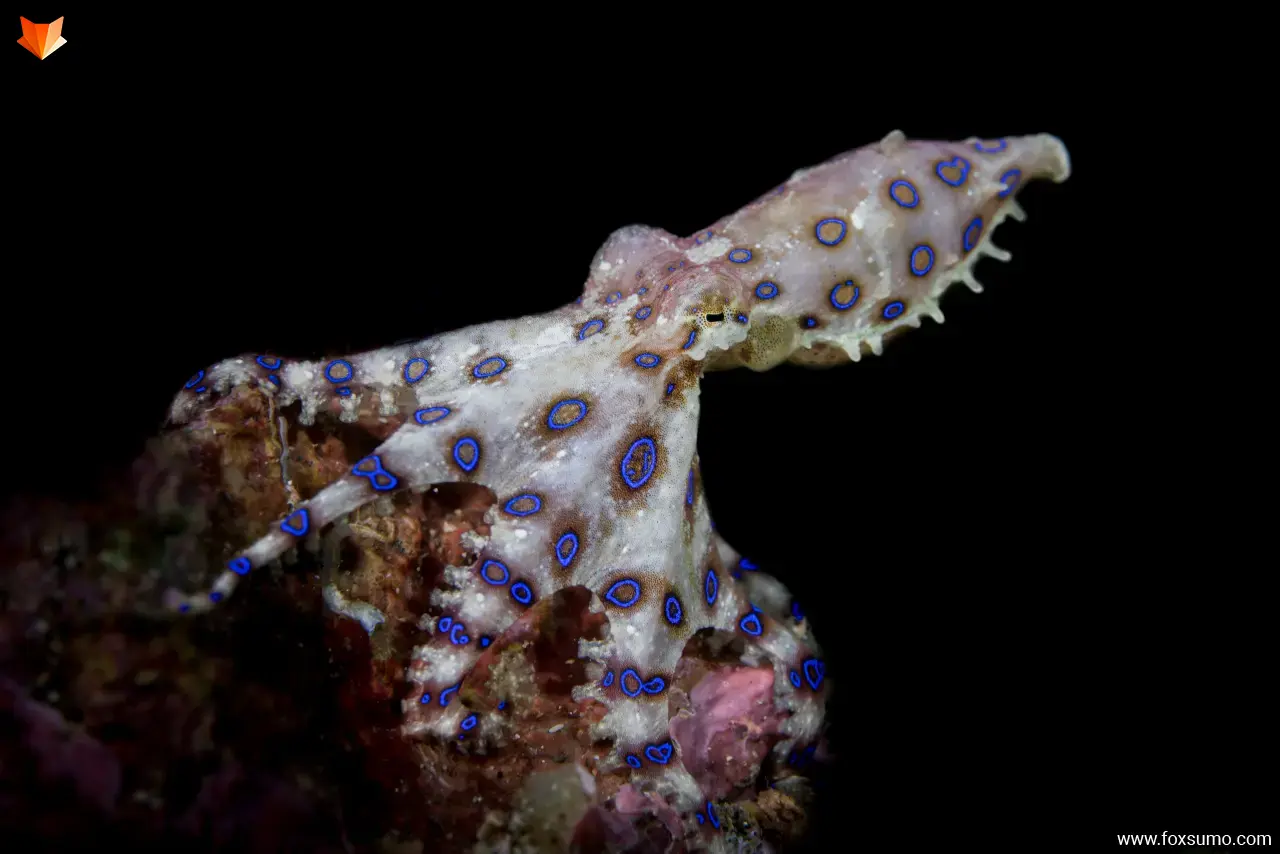
The blue-ringed octopus may look small and harmless, but it’s actually one of the most venomous creatures in the ocean. Found in the waters around Australia, these octopuses have bright blue rings on their body that serve as a warning sign to predators.
If provoked, the blue-ringed octopus can deliver a venomous bite that can cause paralysis, respiratory failure, and even death. There is currently no antivenom for blue-ringed octopus venom, so it’s crucial to seek medical attention immediately if you are bitten.
04. Boomslang
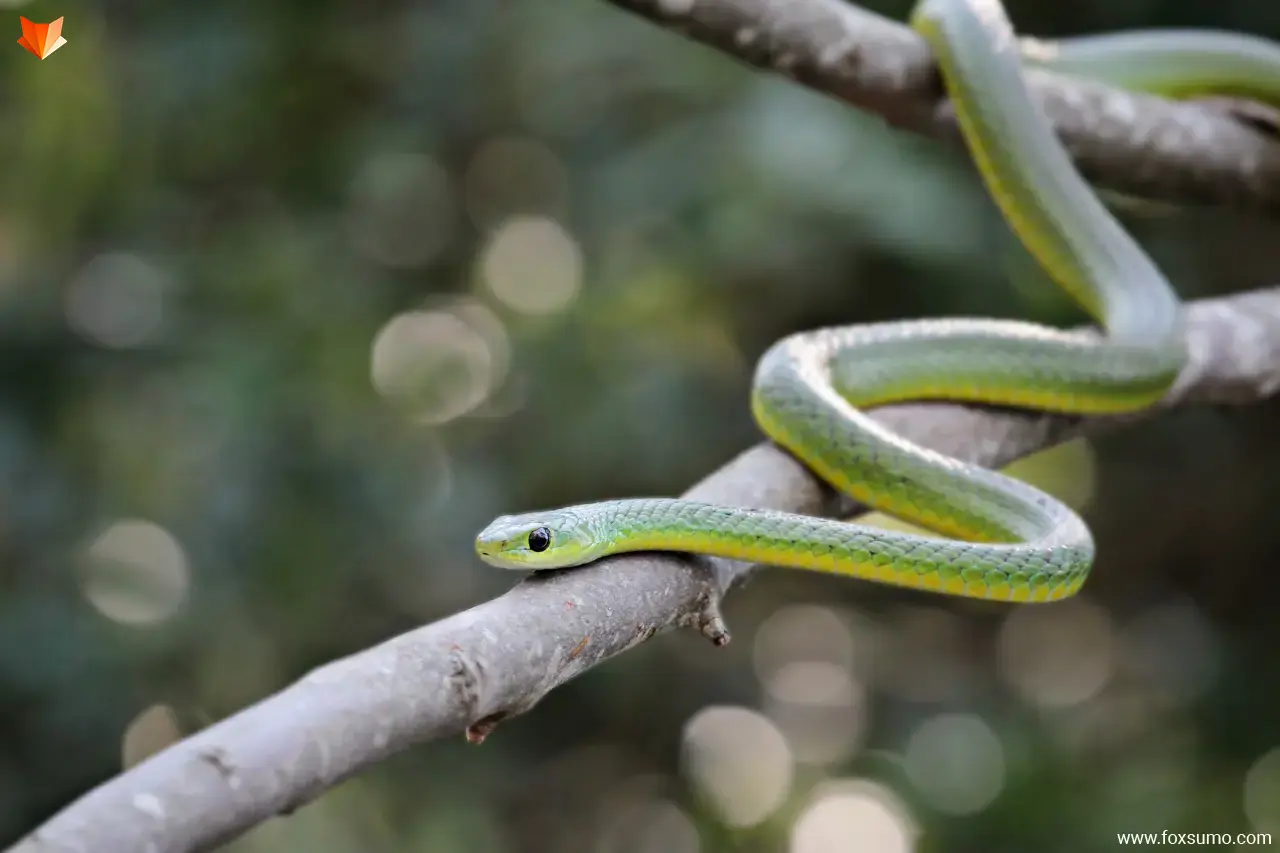
The boomslang is a highly venomous snake found in sub-Saharan Africa. Despite its fearsome reputation, it is actually a relatively shy and non-aggressive species that prefers to avoid humans.
However, if threatened, the boomslang will not hesitate to defend itself with its highly toxic venom. The venom of the boomslang contains a potent anticoagulant that can cause internal bleeding and other serious health issues.
05. Brazilian Wandering Spider
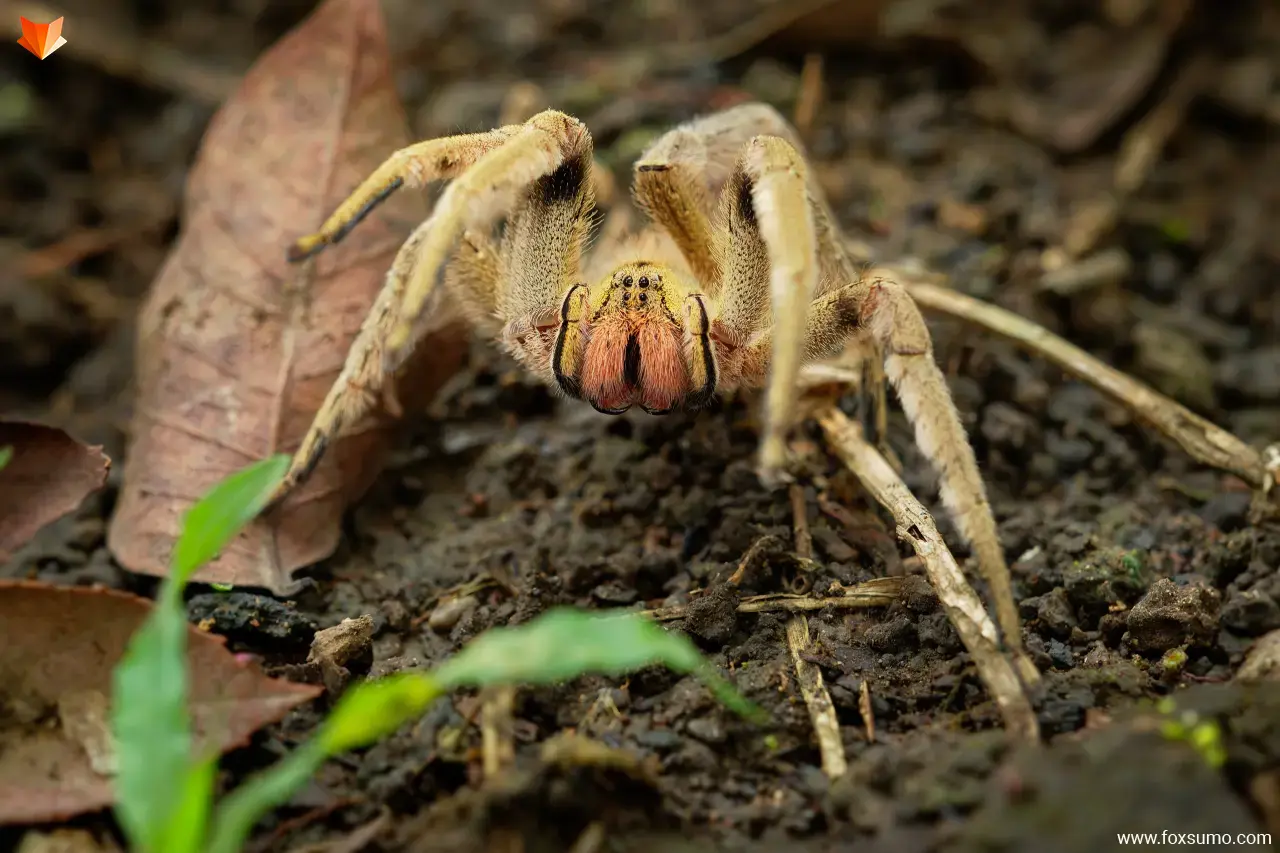
The Brazilian wandering spider, also known as the banana spider, is one of the most venomous spiders in the world. Found in the rainforests of South and Central America, these spiders are highly aggressive and will not hesitate to attack if they feel threatened.
The venom of the Brazilian wandering spider contains a potent neurotoxin that can cause paralysis and even death. However, it’s worth noting that these spiders typically only bite in self-defense and will usually try to flee if they are given the chance.
06. Coastal Taipan
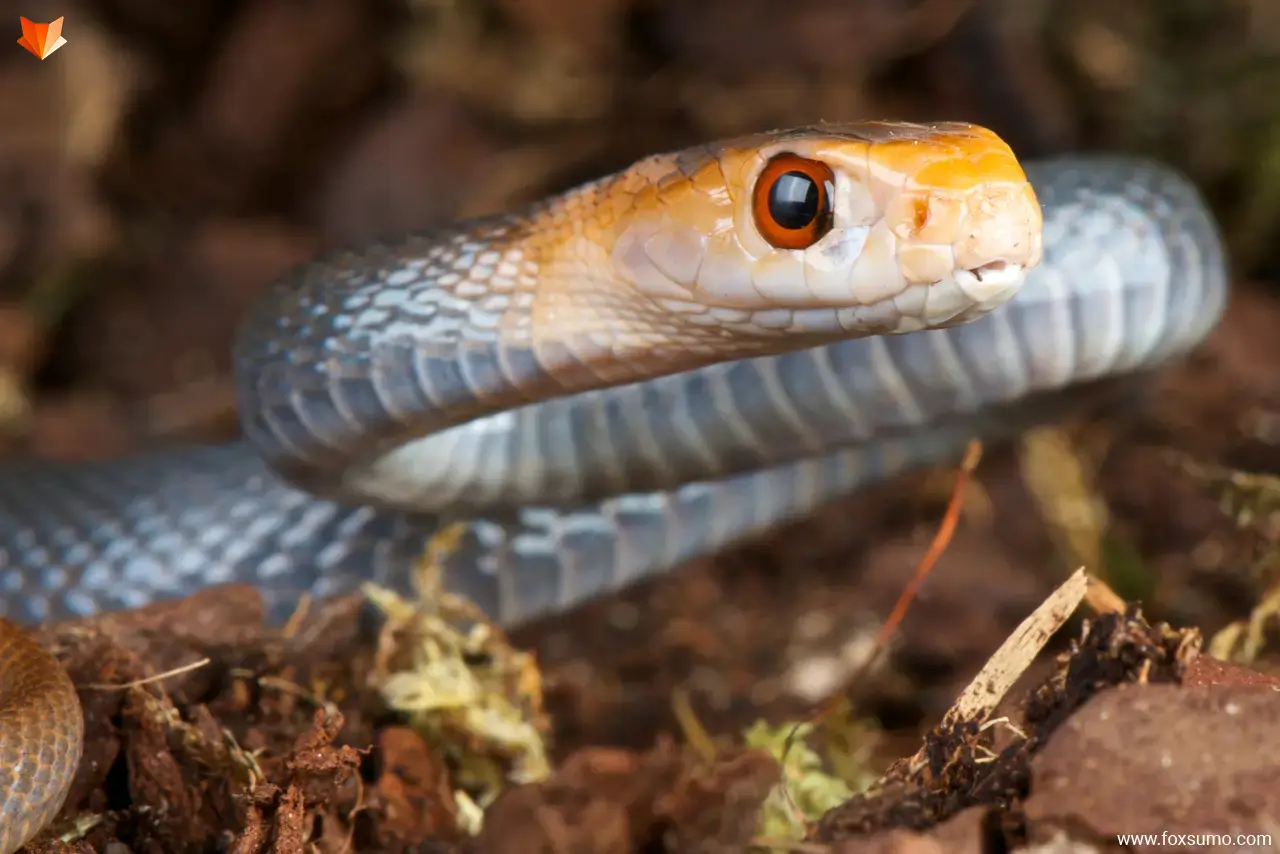
Also known as the fierce snake, the coastal taipan is native to Australia and is considered the world’s third most venomous snake. It has a highly toxic venom that can cause paralysis and organ damage, and can be fatal if left untreated.
Coastal taipans are usually found in northern and eastern Australia, and are known for their aggression when threatened. If you ever come across one of these snakes in the wild, it’s best to keep your distance and seek medical attention if you are bitten.
07. Deathstalker Scorpion
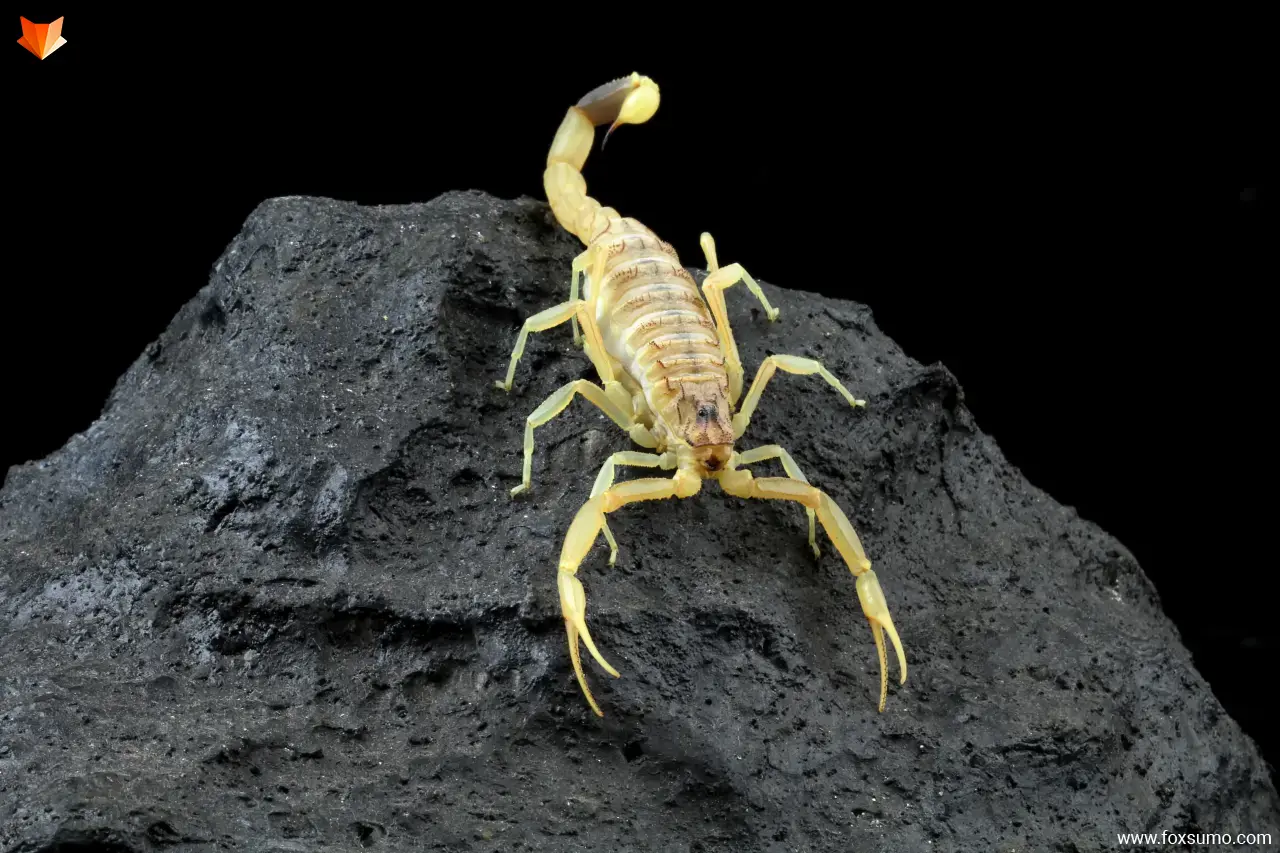
The deathstalker scorpion is a species of scorpion found in the Middle East and North Africa. Its venom contains neurotoxins and can cause paralysis and respiratory failure, and can be fatal in some cases.
Despite its fearsome name and reputation, the deathstalker scorpion is actually quite shy and will only attack if it feels threatened. However, it’s important to exercise caution if you ever come across one of these scorpions in the wild.
08. Eastern Brown Snake
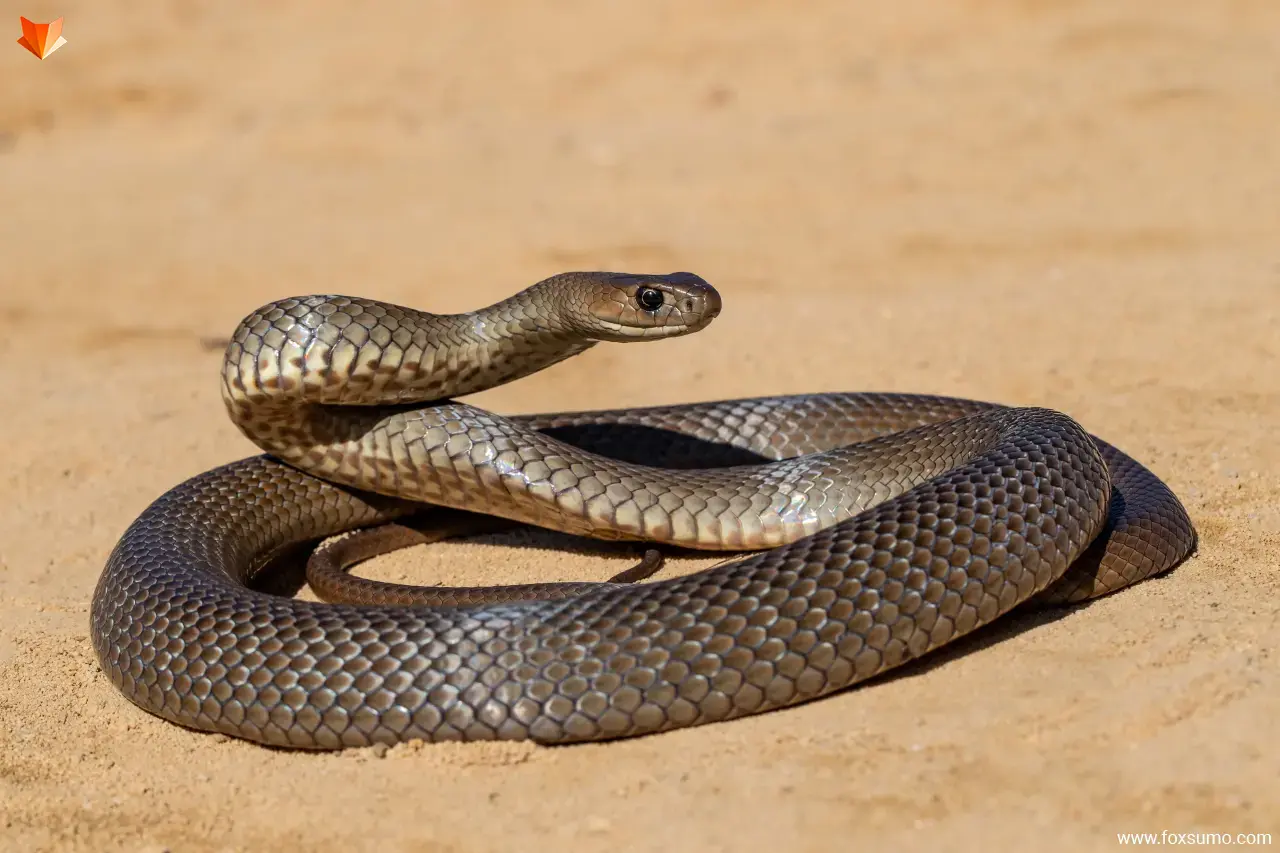
The eastern brown snake is a highly venomous species of snake found in Australia. Its venom contains neurotoxins and can cause paralysis, respiratory failure, and cardiac arrest, and can be fatal if left untreated.
Eastern brown snakes are known for their aggression when threatened and will not hesitate to attack if they feel their territory is being invaded. If you ever encounter an eastern brown snake in the wild, it’s best to keep your distance and seek medical attention immediately if you are bitten.
09. Gaboon Viper
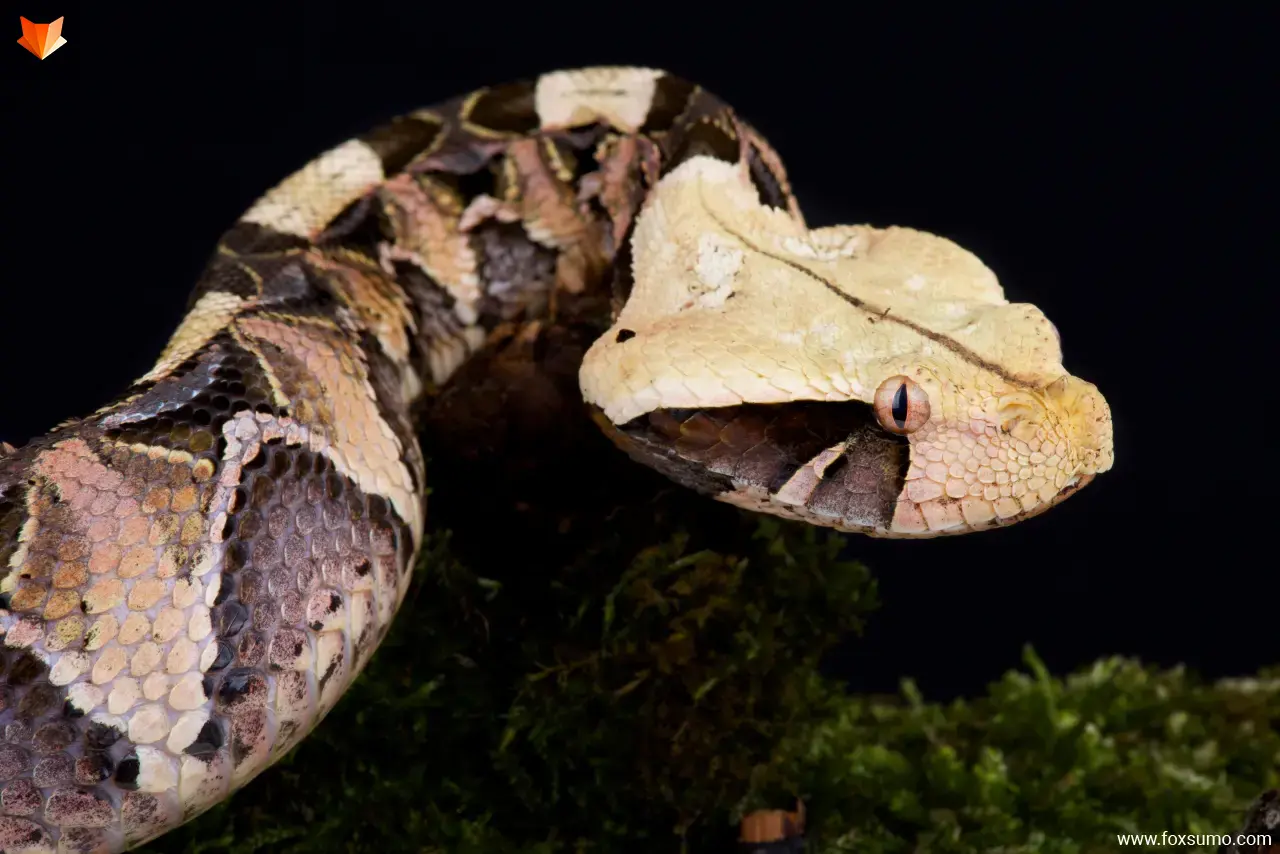
The Gaboon viper is a species of viper found in central and western Africa. It has the longest fangs of any venomous snake and its venom contains potent neurotoxins that can cause paralysis and organ damage.
Despite its fearsome reputation, the Gaboon viper is actually quite docile and will usually only attack if it feels threatened. However, its camouflage can make it difficult to spot in the wild, so it’s important to exercise caution when walking through its habitat.
10. Golden Poison Dart Frog
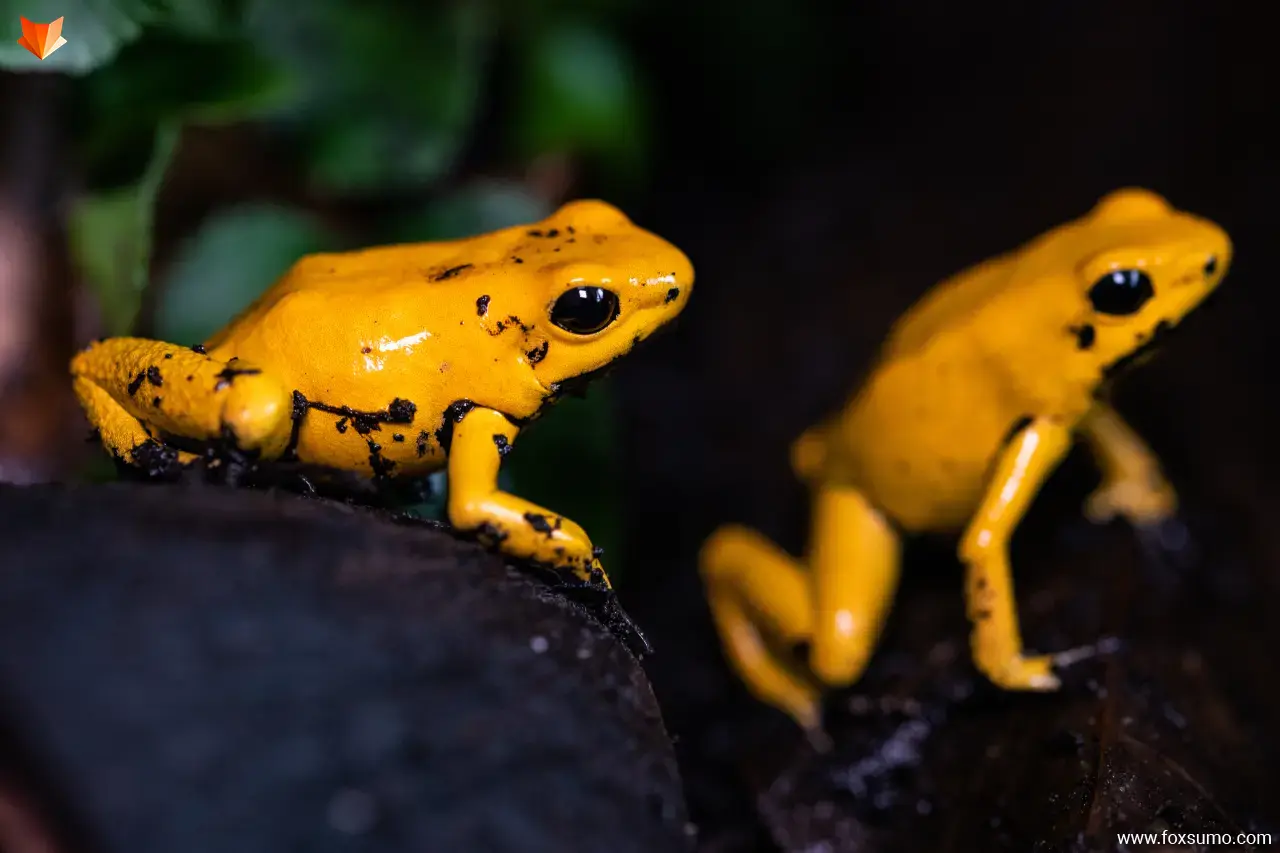
The golden poison dart frog is a brightly colored species of frog found in the rainforests of Colombia. Its skin contains a potent neurotoxin that can cause paralysis and cardiac arrest, and can be fatal if ingested or if it comes into contact with an open wound.
Despite its toxicity, the golden poison dart frog is an important part of the ecosystem in its native habitat. Its bright colors serve as a warning to predators, and it has been used by indigenous peoples for medicinal purposes for centuries.
11. Inland Taipan
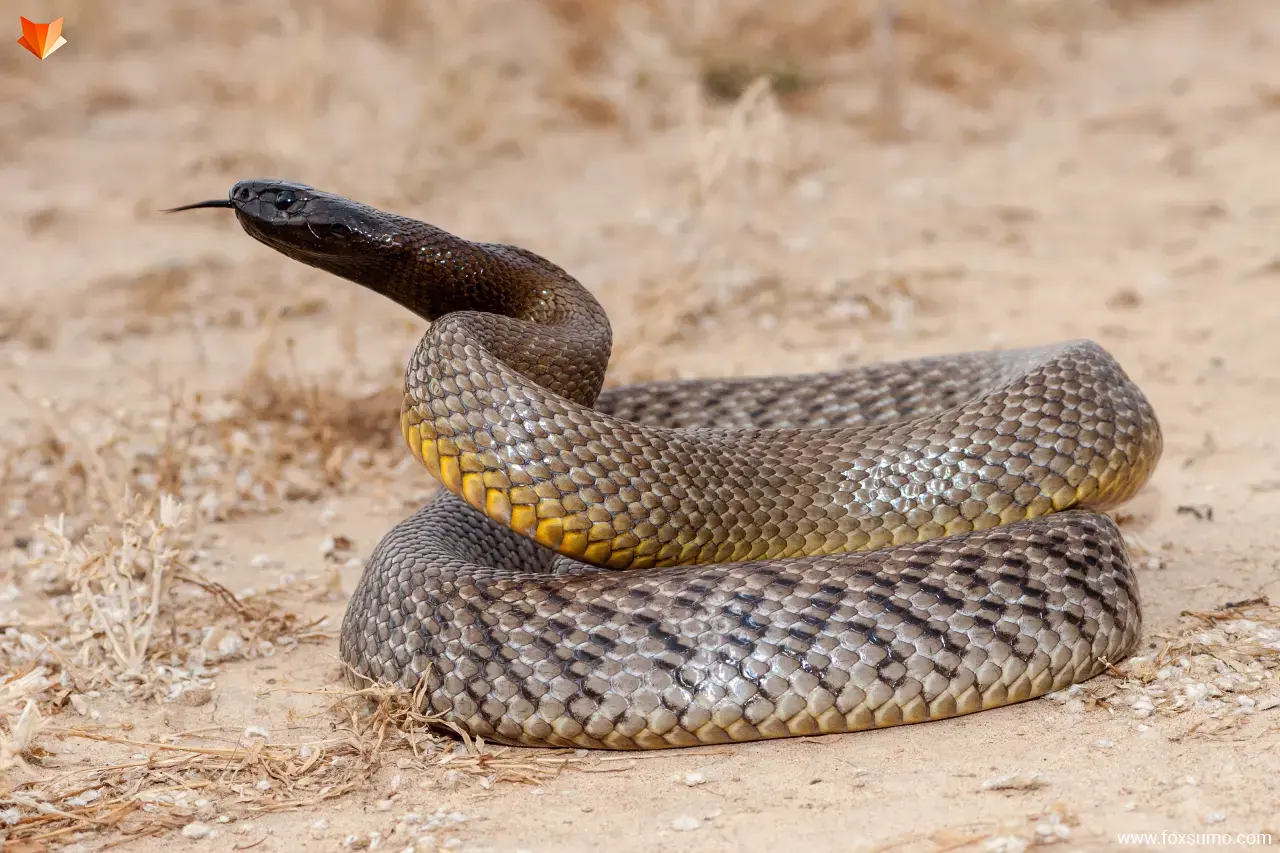
The inland taipan, also known as the “fierce snake,” is native to Australia and is considered the world’s most venomous snake. Its venom contains neurotoxins that can cause paralysis, respiratory failure, and cardiac arrest, and can be fatal if left untreated.
Despite its deadly venom, the inland taipan is quite reclusive and rarely encountered by humans. However, if you do come across one in the wild, it’s important to exercise extreme caution and seek medical attention immediately if you are bitten.
12. Irukandji
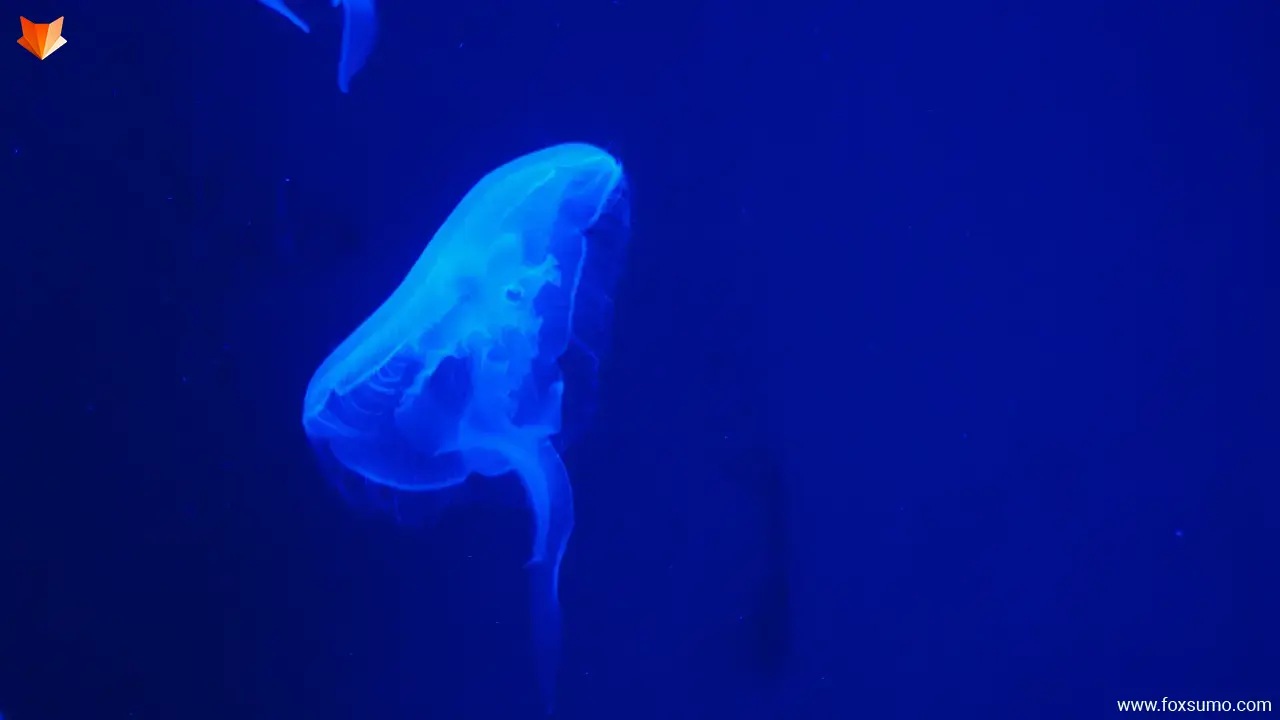
The Irukandji jellyfish is a small but deadly jellyfish found in the waters around Australia. Its venom contains potent toxins that can cause Irukandji syndrome, which can lead to intense pain, nausea, and even cardiac arrest in some cases.
Irukandji jellyfish are usually found in the warm waters of northern Australia, and their small size makes them difficult to spot. If you’re planning to swim in these waters, it’s important to wear protective clothing and follow local guidelines for avoiding encounters with these dangerous creatures.
13. Killer Bees (Africanized Honeybees)
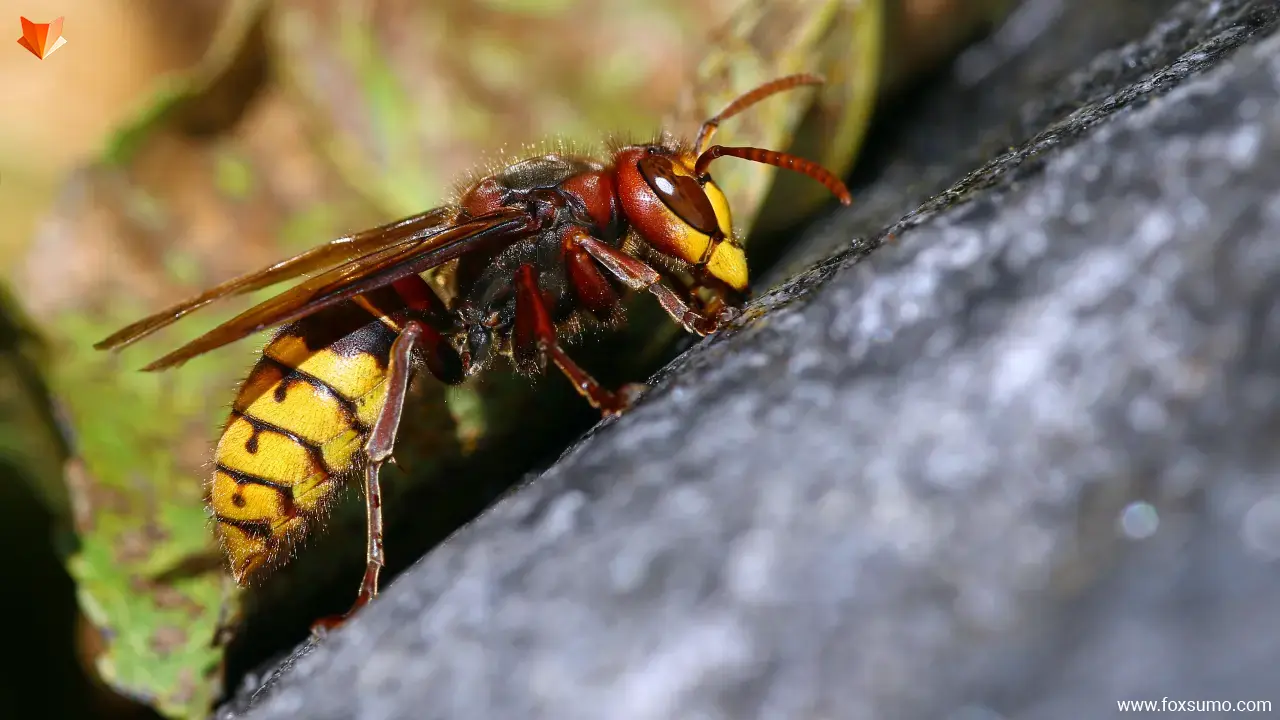
Killer bees, also known as Africanized honeybees, are a hybrid species of bee that is known for its aggressive behavior. They are found in South and Central America, as well as in some southern states in the United States.
Killer bee venom is no more toxic than that of other honeybees, but their swarming behavior can make them particularly dangerous. If you encounter a swarm of killer bees, it’s important to move away slowly and seek shelter as quickly as possible.
14. King Cobra
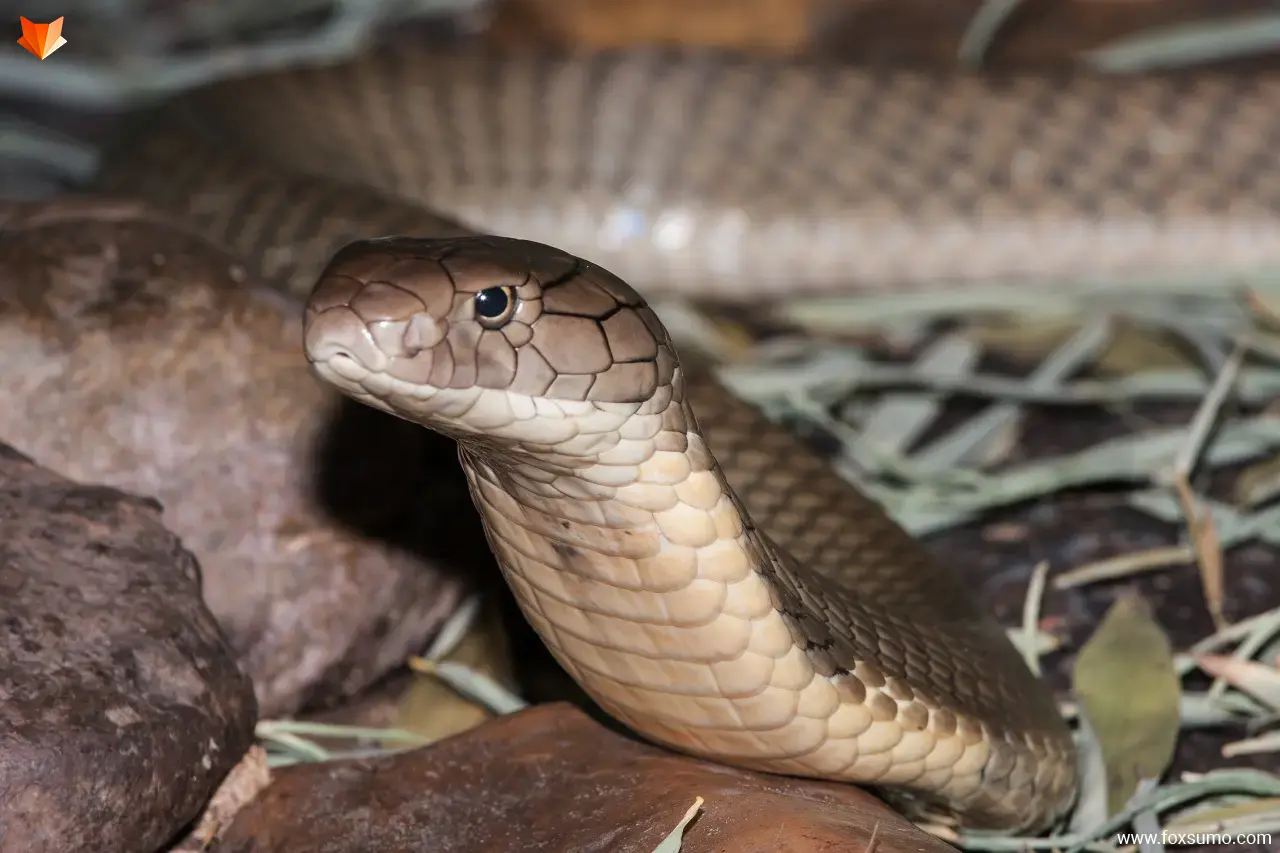
The king cobra is the world’s longest venomous snake and is found in Southeast Asia and India. Its venom contains neurotoxins that can cause paralysis and respiratory failure, and can be fatal if left untreated.
King cobras are generally shy and prefer to avoid humans, but they can be quite aggressive if they feel threatened. If you come across a king cobra in the wild, it’s best to keep your distance and seek medical attention immediately if you are bitten.
15. Komodo Dragon
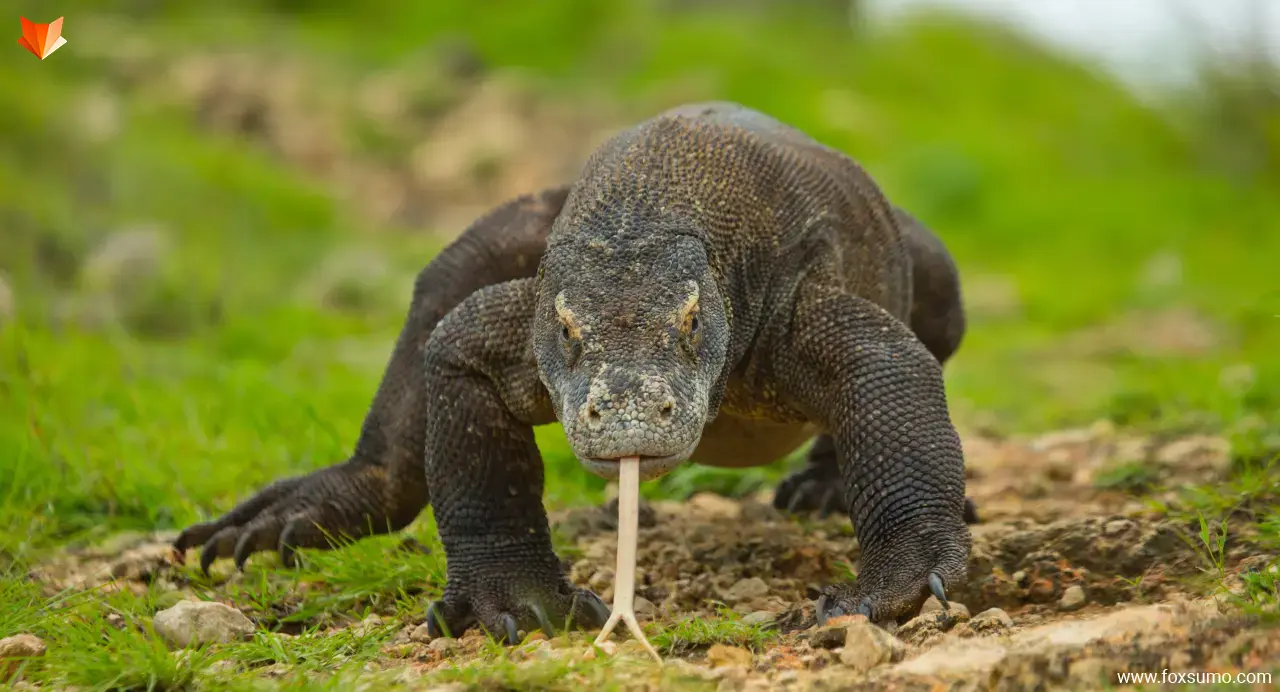
The Komodo dragon is a species of lizard found on the Indonesian islands of Komodo, Rinca, Flores, and Gili Motang. While their bite is not necessarily poisonous, their saliva contains a potent cocktail of bacteria that can cause septicemia and other deadly infections.
Komodo dragons are apex predators and are known for their aggressive behavior. If you encounter one in the wild, it’s important to exercise extreme caution and seek medical attention immediately if you are bitten.
16. Lonomia Caterpillar
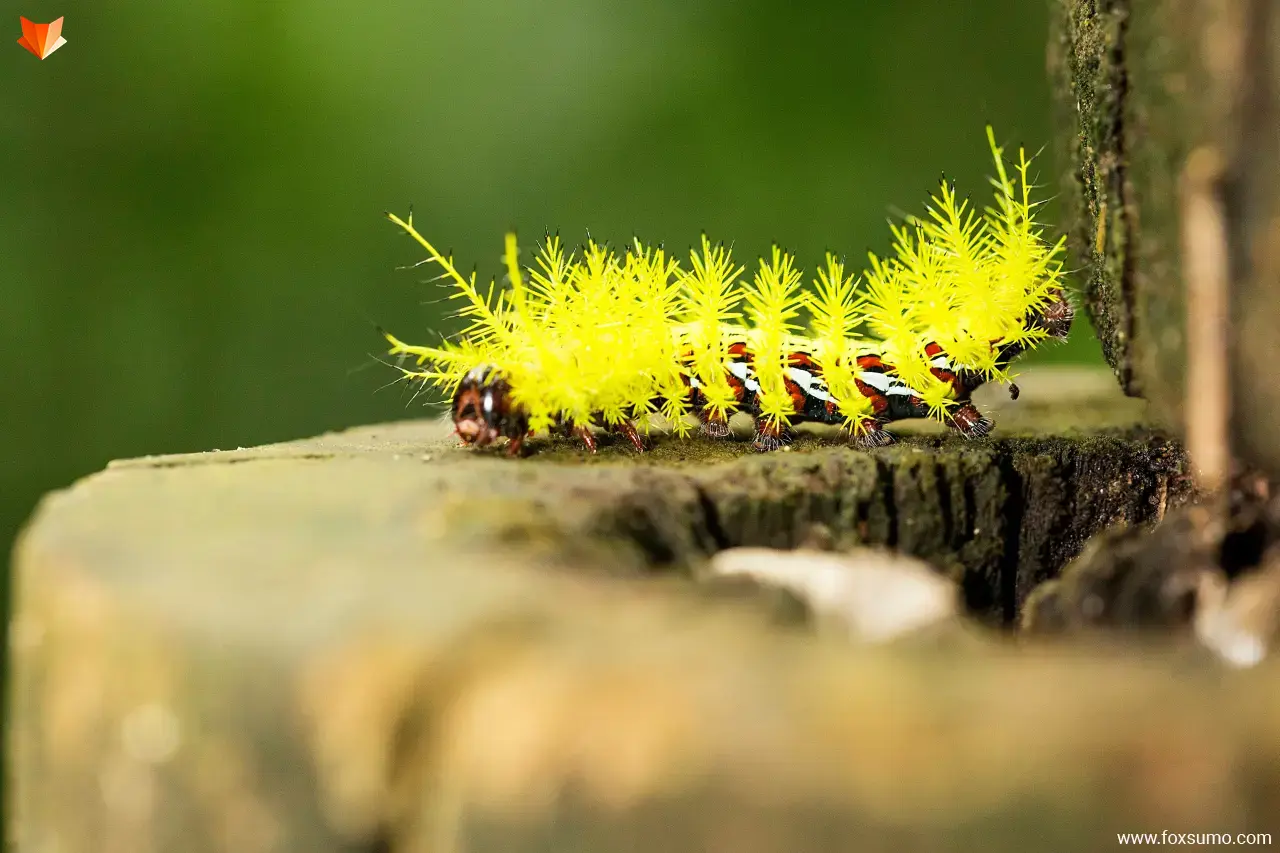
The Lonomia Caterpillar is a species of caterpillar found in South America, known for its highly toxic venom. The venom can cause internal bleeding, kidney failure, and even death in severe cases.
These caterpillars are usually found on trees, and their appearance can vary widely, so it’s important to avoid touching any caterpillars that you are unfamiliar with when exploring the forests of South America.
17. Many-banded Krait
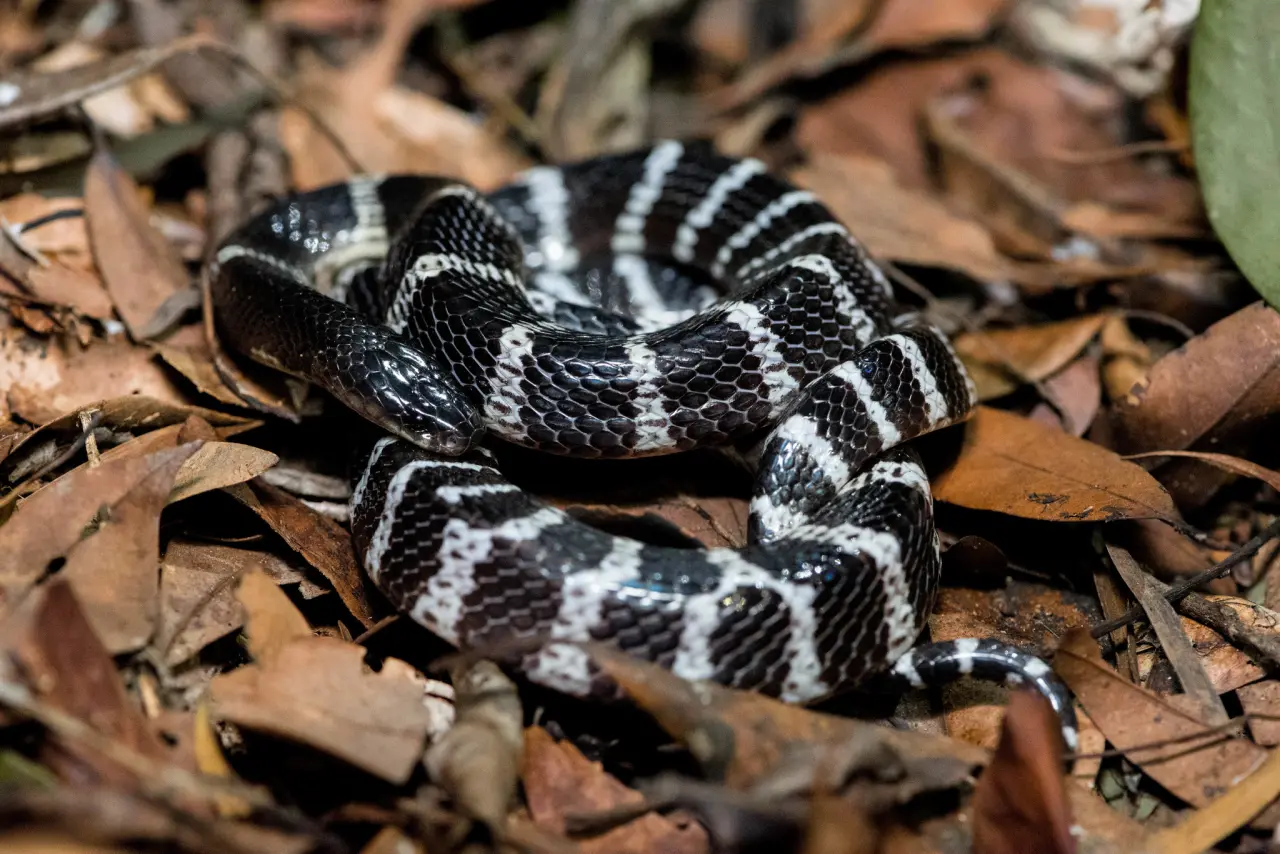
The many-banded krait is a highly venomous snake found in Southeast Asia. Its venom contains neurotoxins that can cause paralysis and respiratory failure, and can be fatal if left untreated.
Kraits are usually found in rural areas and are most active at night, so it’s important to exercise caution when exploring these areas. If you are bitten by a many-banded krait, seek medical attention immediately.
18. Marbled Cone Snail
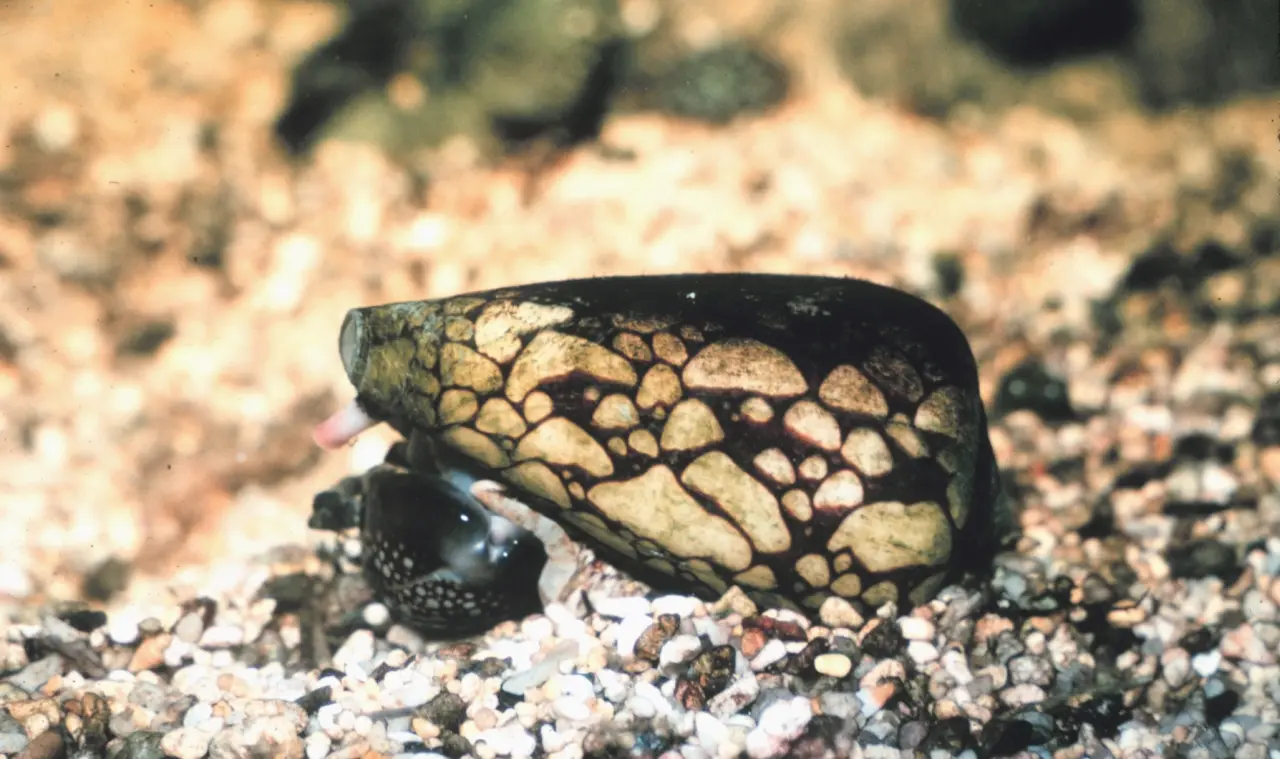
The marbled cone snail is a species of sea snail found in the waters around the Indo-Pacific region. Its venom contains a potent cocktail of toxins that can cause paralysis and even death in severe cases.
These snails are usually found on coral reefs, and their beautiful marbled shell can make them quite tempting to pick up. However, it’s important to avoid handling these creatures, as their venom can be deadly.
19. Pufferfish
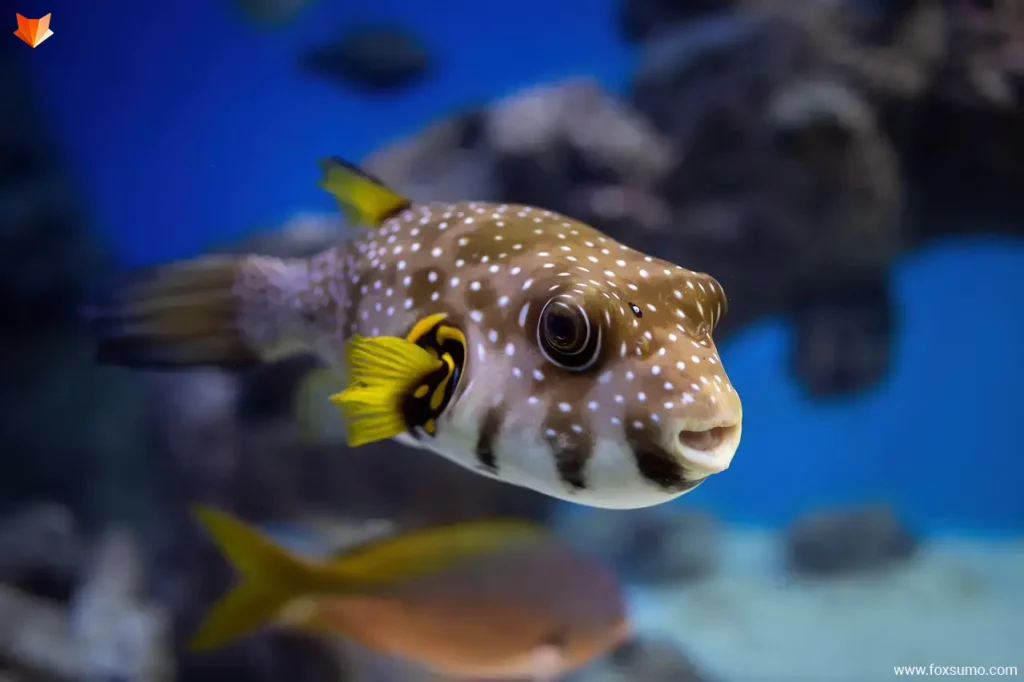
Pufferfish, also known as blowfish, are a group of fish found in tropical and subtropical waters around the world. Some species of pufferfish contain a potent toxin called tetrodotoxin, which can cause paralysis and even death in severe cases.
Pufferfish are considered a delicacy in some parts of the world, but their preparation requires great skill and care to avoid poisoning. It’s important to only consume pufferfish that have been prepared by a skilled chef.
20. Saw-scaled Viper
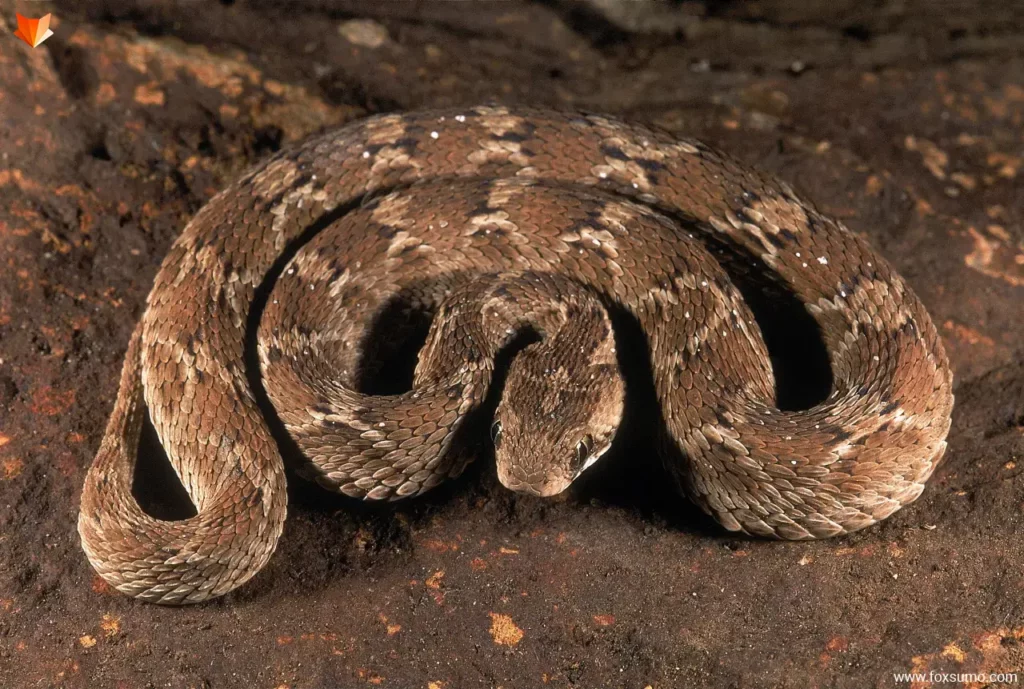
The saw-scaled viper is a venomous snake found in Africa, the Middle East, and Asia. Its venom contains a potent cocktail of toxins that can cause hemorrhaging and organ failure in severe cases.
Saw-scaled vipers are known for their aggressive behavior and are responsible for a large number of snakebite deaths in some parts of the world. If you come across one in the wild, it’s important to keep your distance and seek medical attention immediately if you are bitten.
21. Sea Wasp
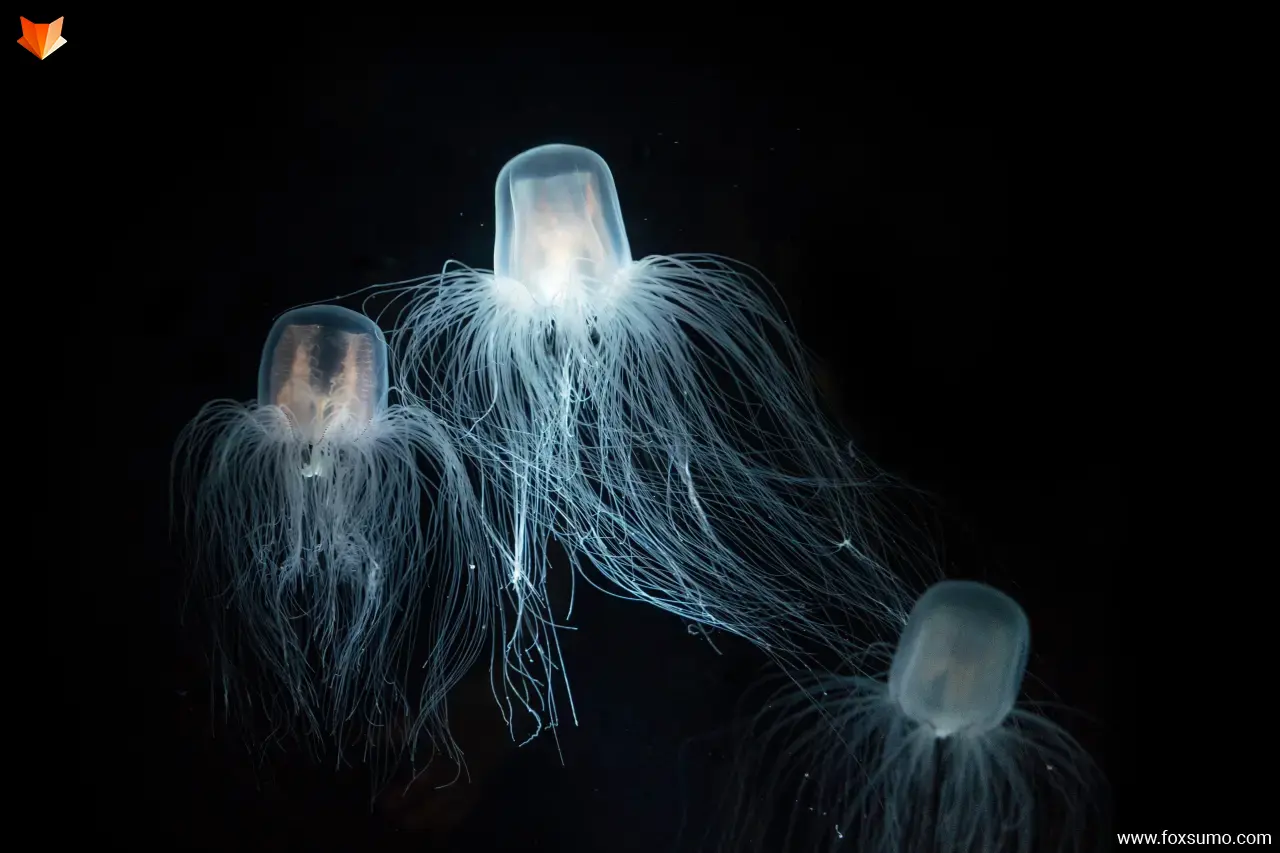
The sea wasp, also known as the box jellyfish, is found in the waters around Australia and Southeast Asia. Its venom is one of the most deadly in the world, and can cause cardiac arrest and respiratory failure in as little as two minutes.
While the sea wasp is responsible for a large number of fatalities each year, deaths can usually be prevented through timely medical intervention and the use of antivenom.
22. Stingray
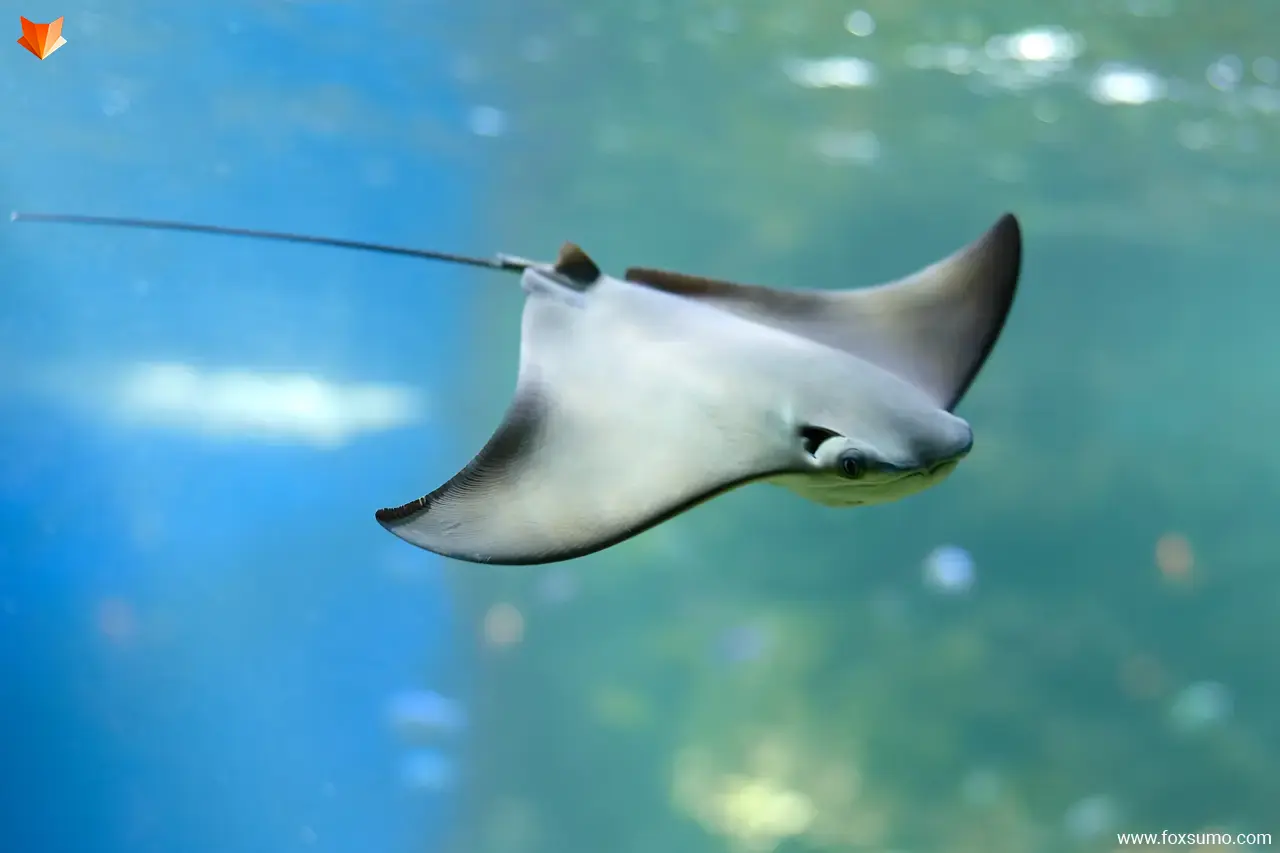
Stingrays are a group of fish found in tropical and subtropical waters around the world. Their venomous barbs are located on their tails, and can cause intense pain, swelling, and even death in some cases.
Stingrays are generally not aggressive and will only use their venomous barbs as a last resort if they feel threatened. To avoid being stung, it’s important to avoid stepping on or touching stingrays, especially in shallow water.
23. Stonefish
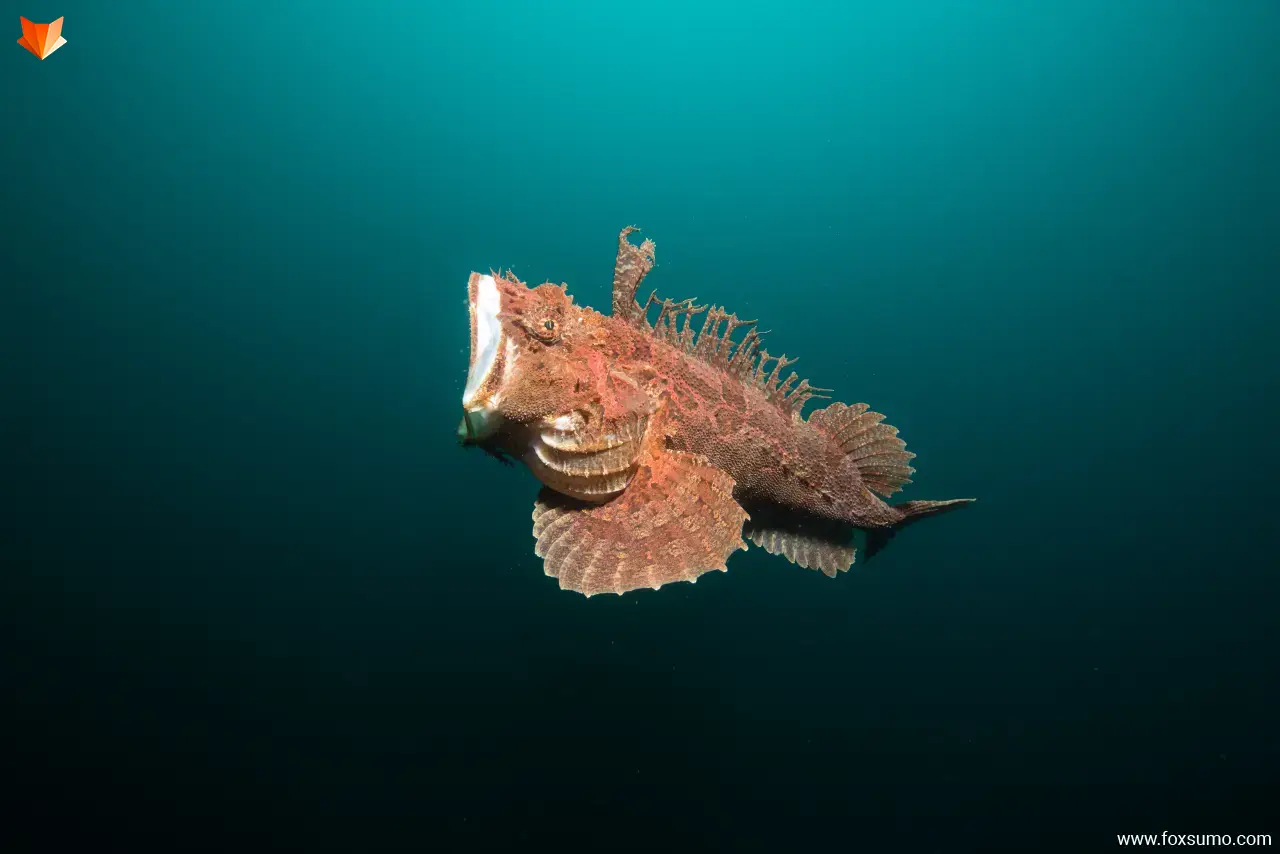
The stonefish is a venomous fish found in the waters around the Indo-Pacific region. Its venom can cause severe pain, swelling, and even death in some cases.
Stonefish are masters of camouflage, and can be difficult to spot among rocks and coral. To avoid being stung, it’s important to wear protective footwear when exploring the ocean floor.
24. Sydney Funnel-web Spider
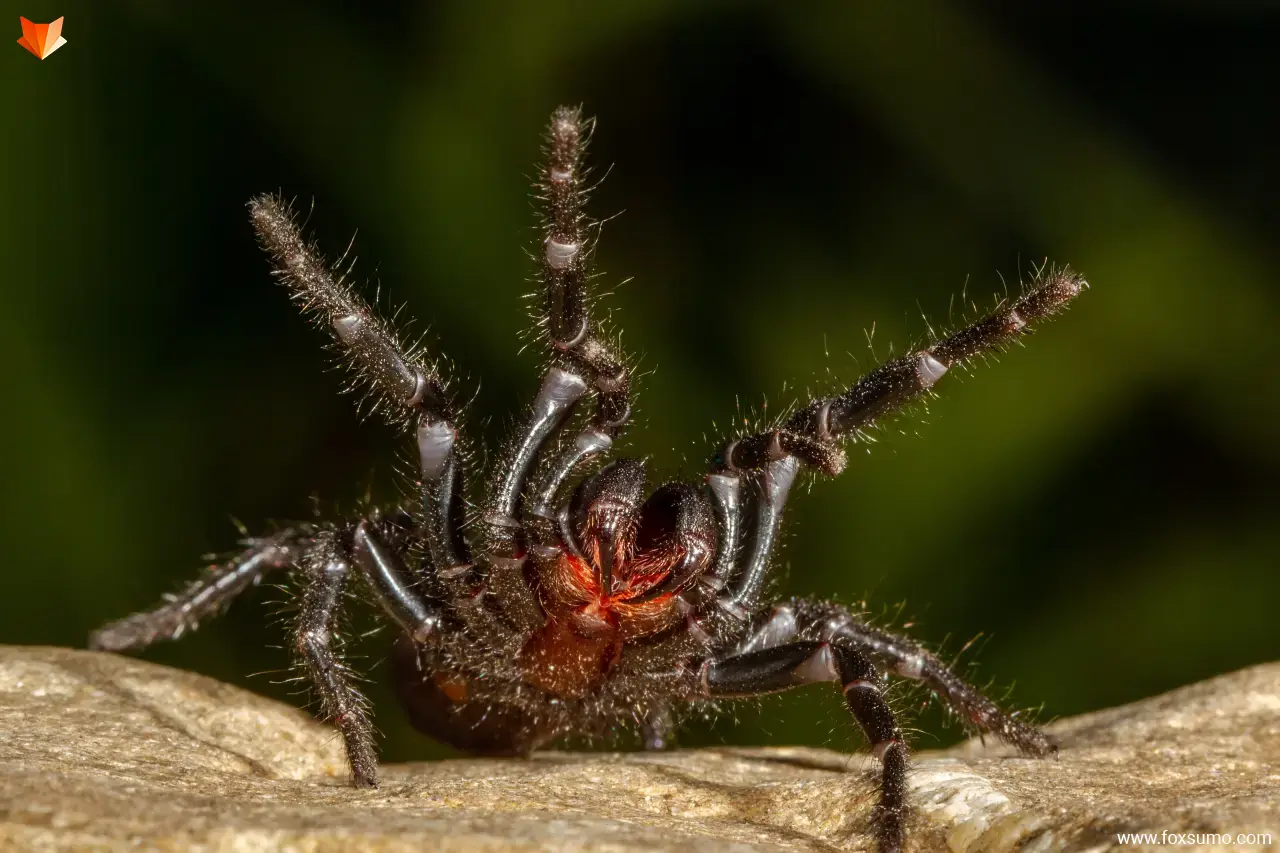
The Sydney funnel-web spider is found in the eastern coast of Australia, and is considered one of the deadliest spiders in the world. Its venom contains a potent cocktail of neurotoxins that can cause respiratory failure and death in as little as 15 minutes.
Despite its deadly reputation, fatalities from Sydney funnel-web spider bites are rare, thanks in part to the development of antivenom.
25. Yellow-bellied Sea Snake
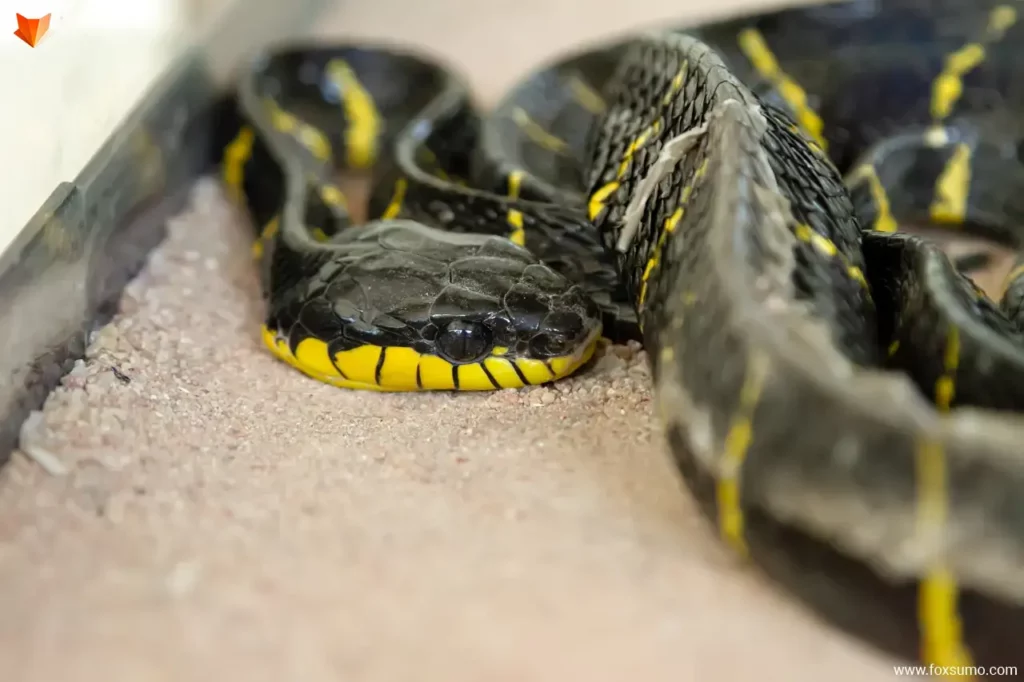
The yellow-bellied sea snake is a venomous snake found in the waters around the Indo-Pacific region. Its venom contains neurotoxins that can cause respiratory failure and death in as little as two hours.
While the yellow-bellied sea snake is one of the most venomous snakes in the world, it is not considered aggressive and will generally only use its venomous bite as a last resort. It’s important to exercise caution when exploring the ocean, and seek medical attention immediately if you are bitten.
Final Thought
The animal kingdom is full of creatures that are capable of producing toxins that can be lethal to humans and other animals. While we may not encounter these animals on a regular basis, it’s important to be aware of their potential danger and take precautions when necessary.
